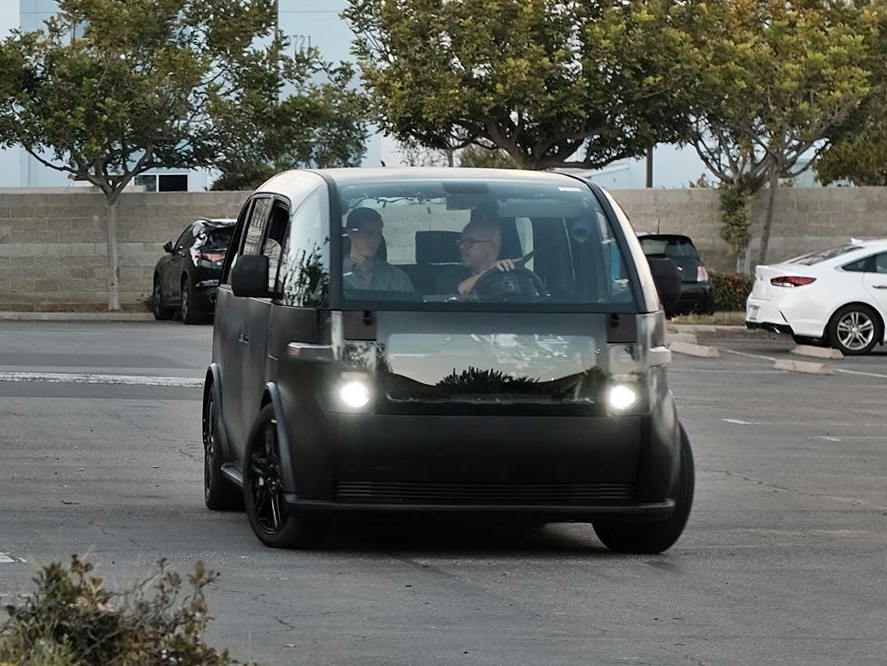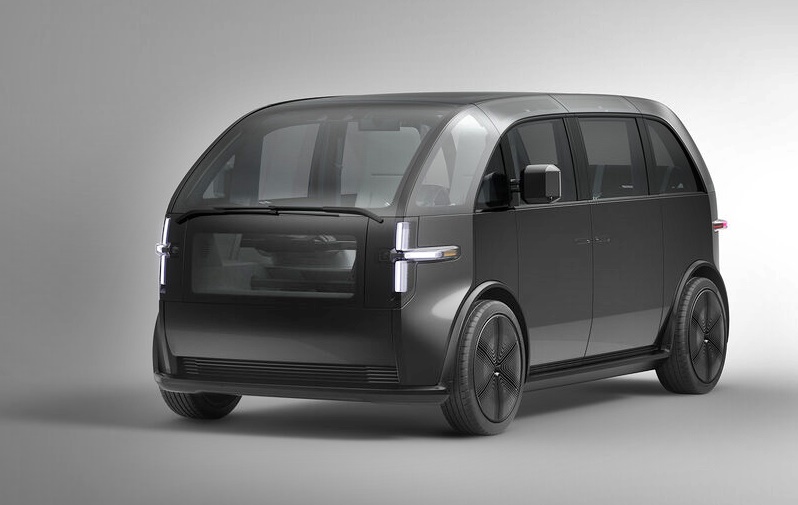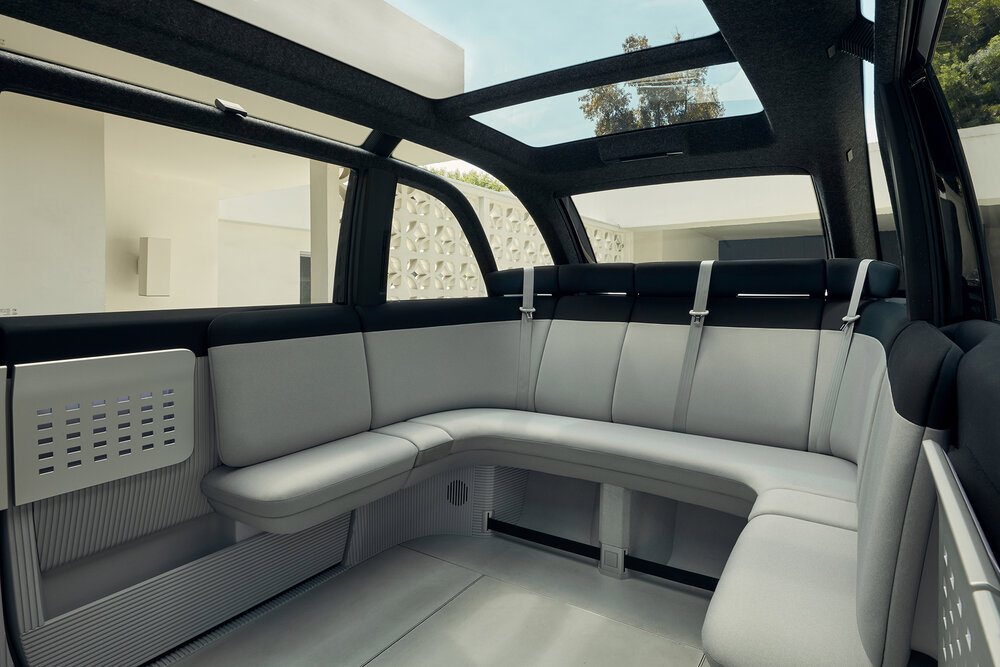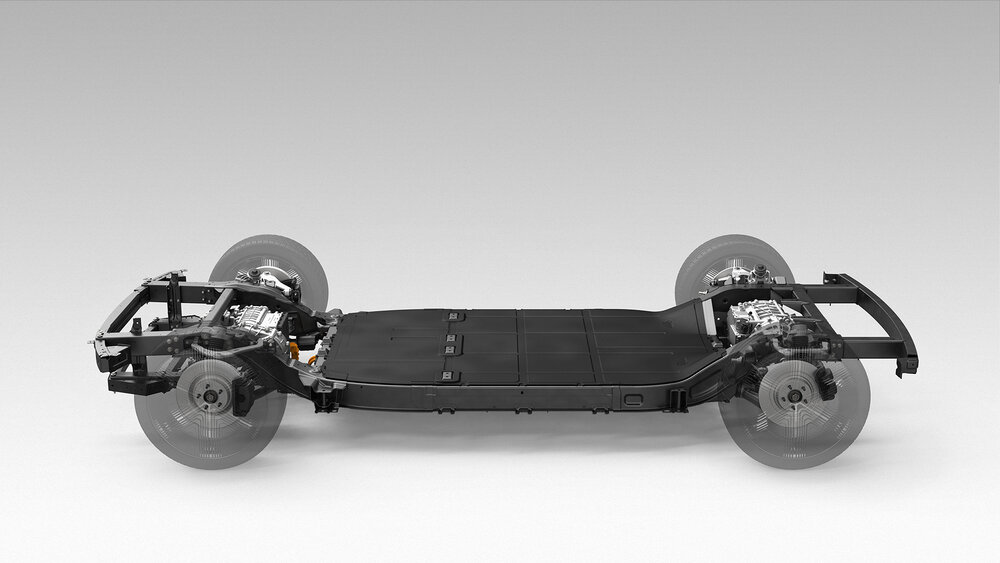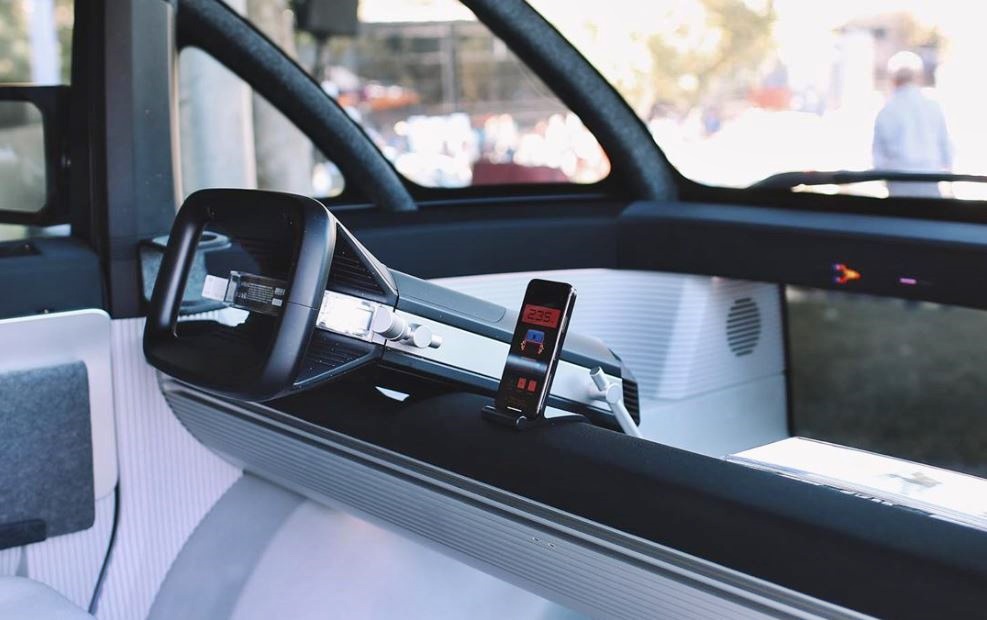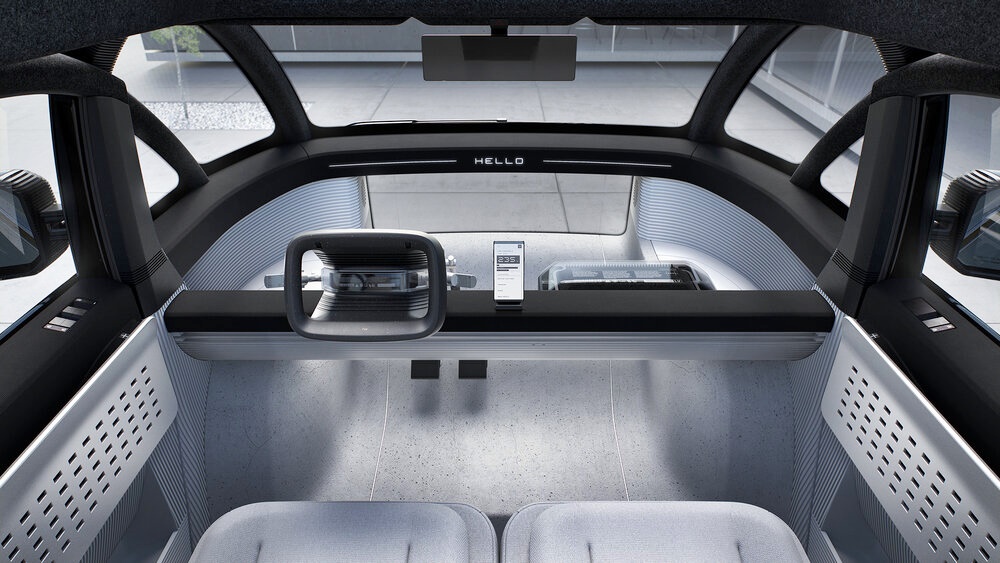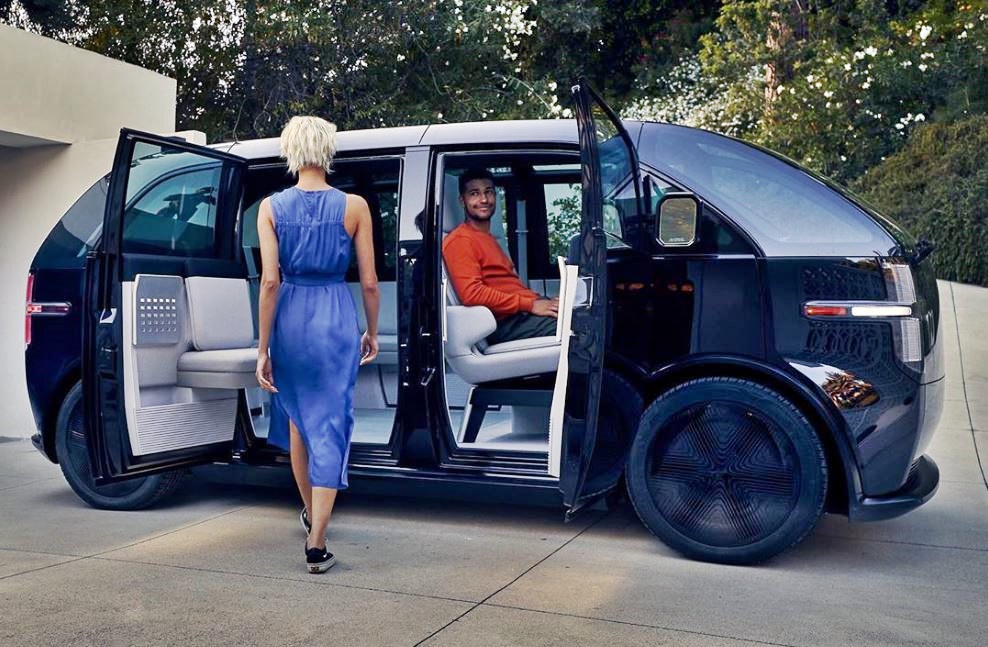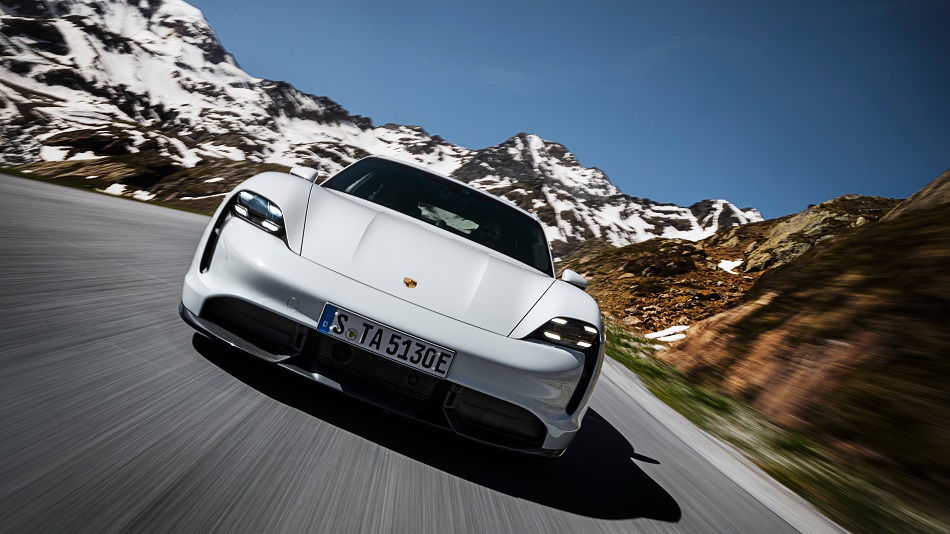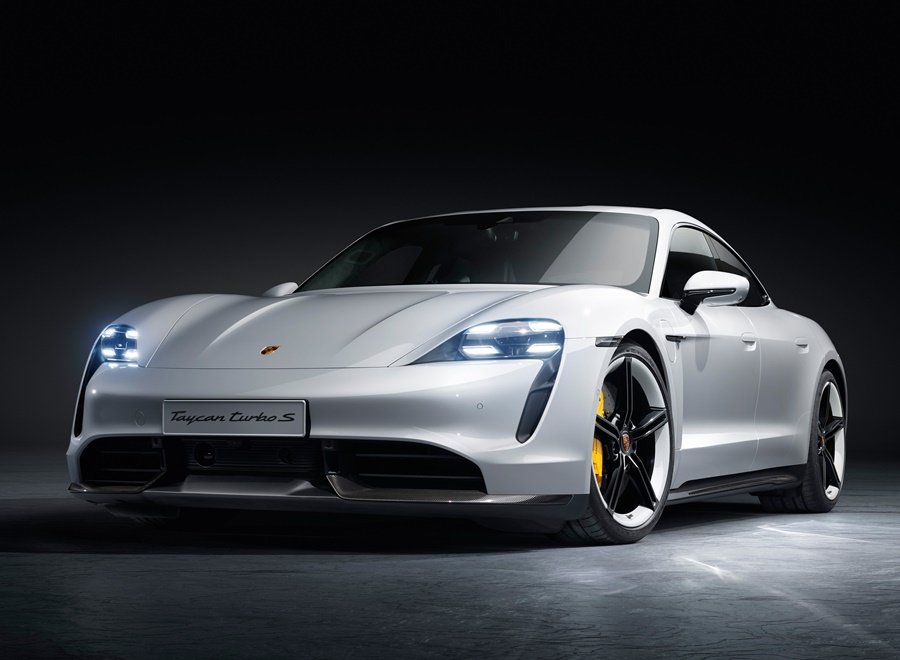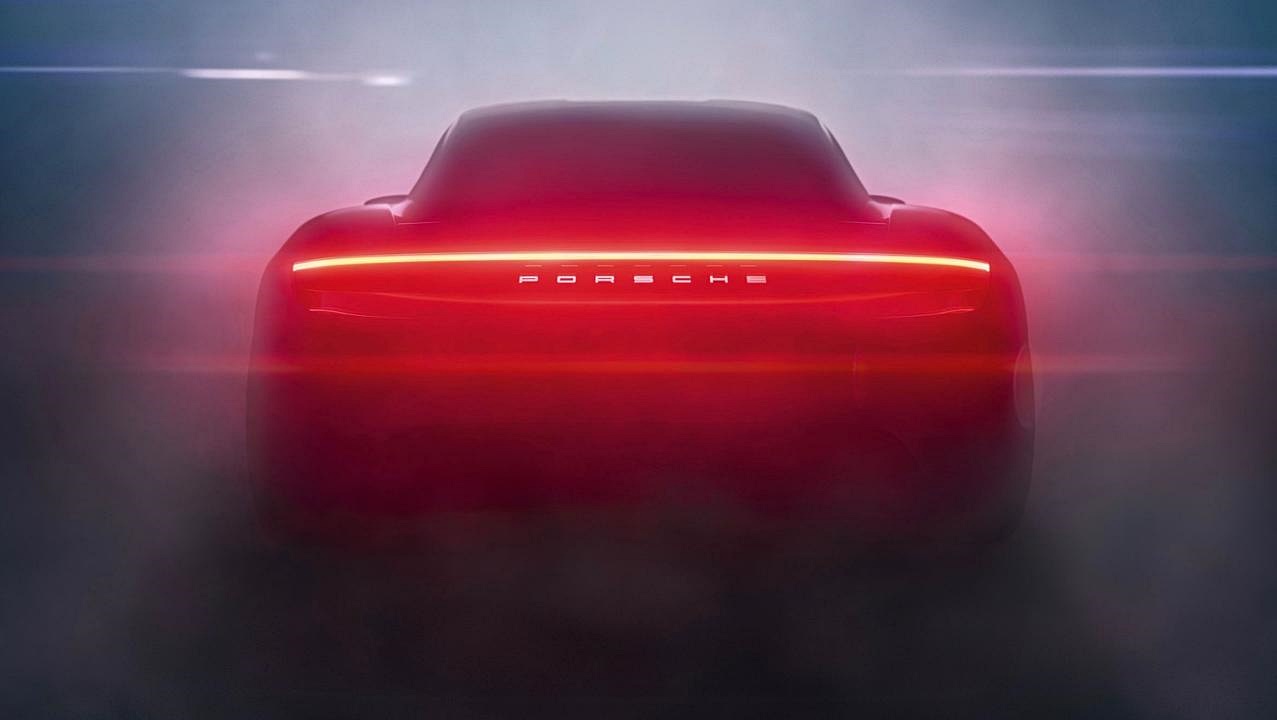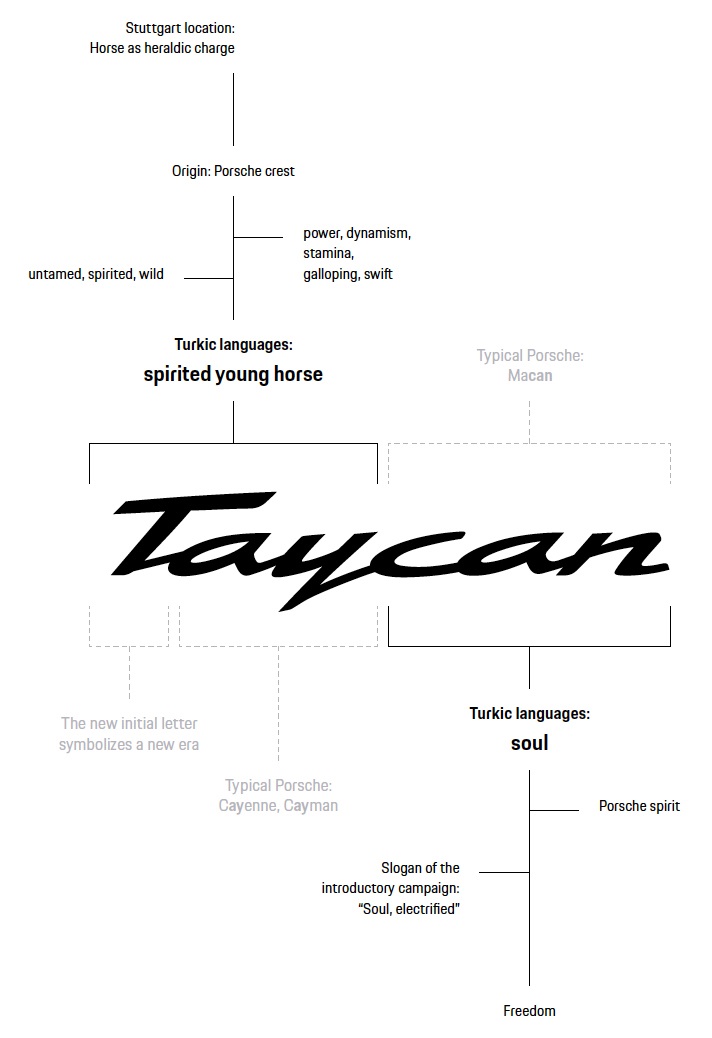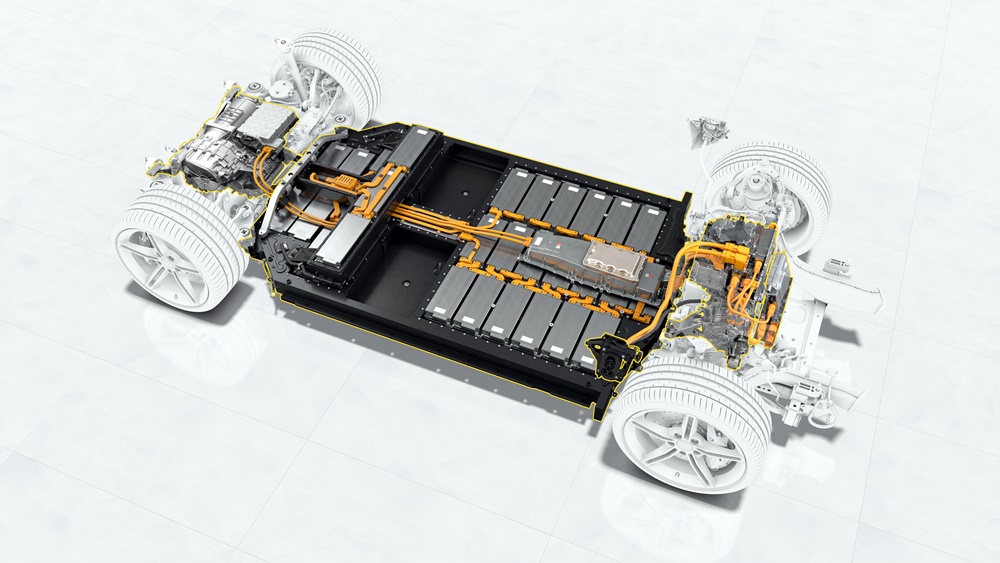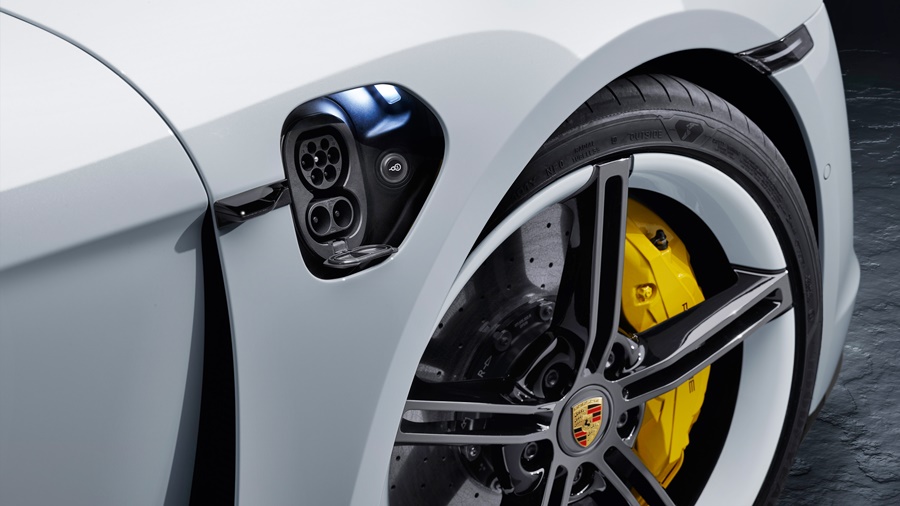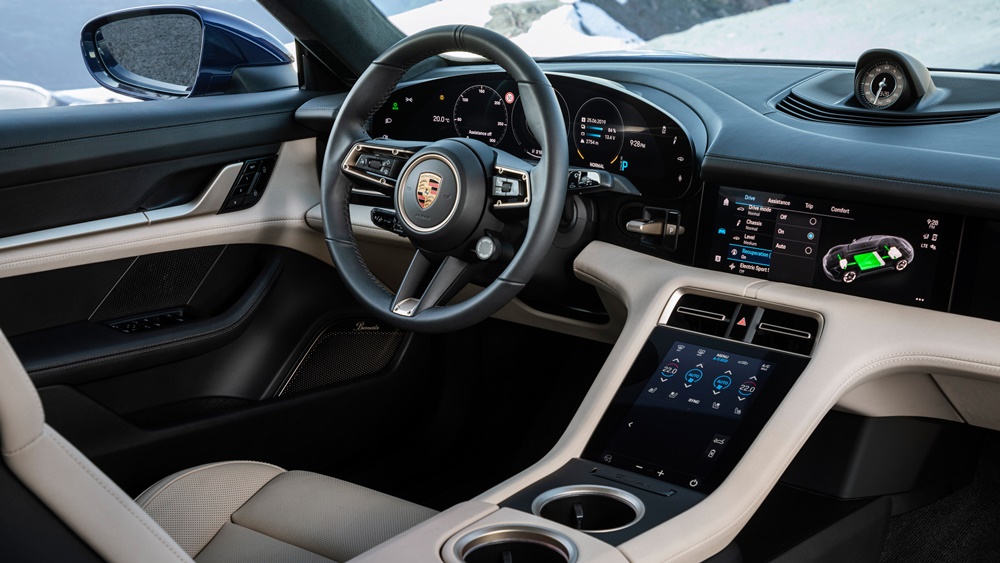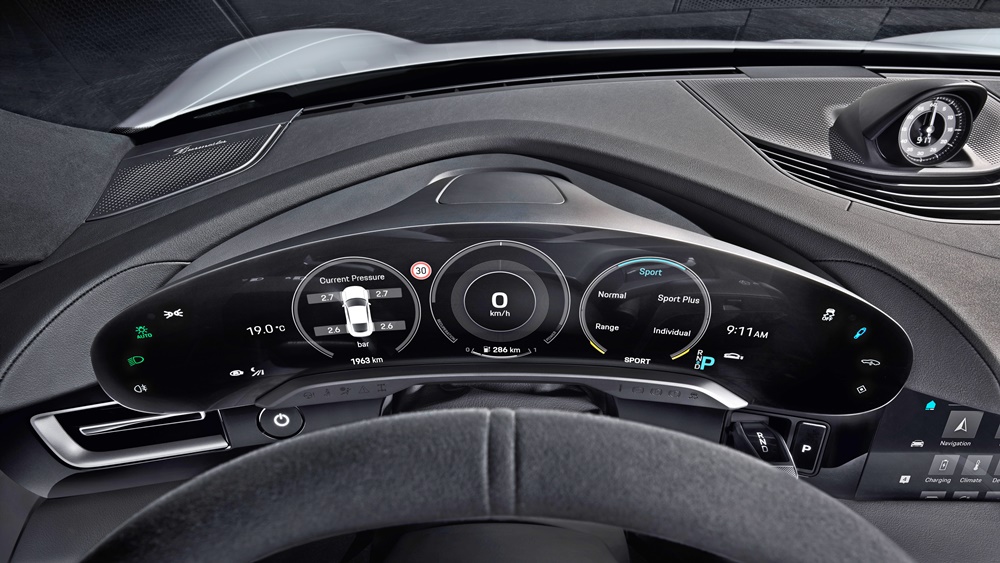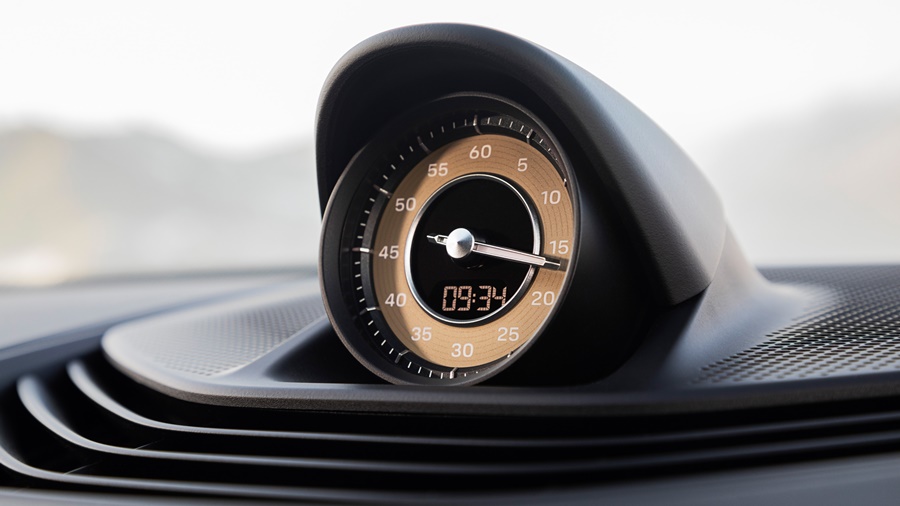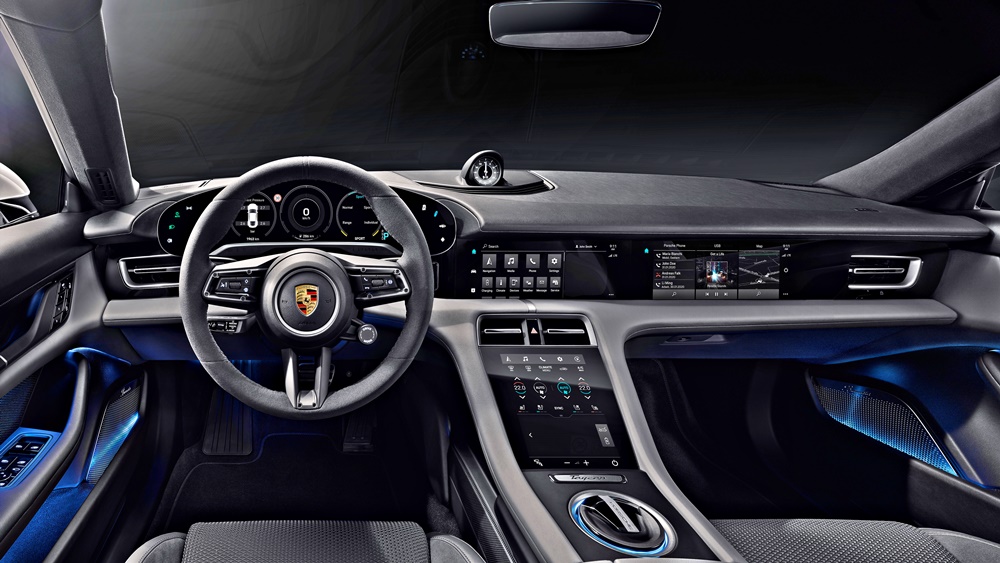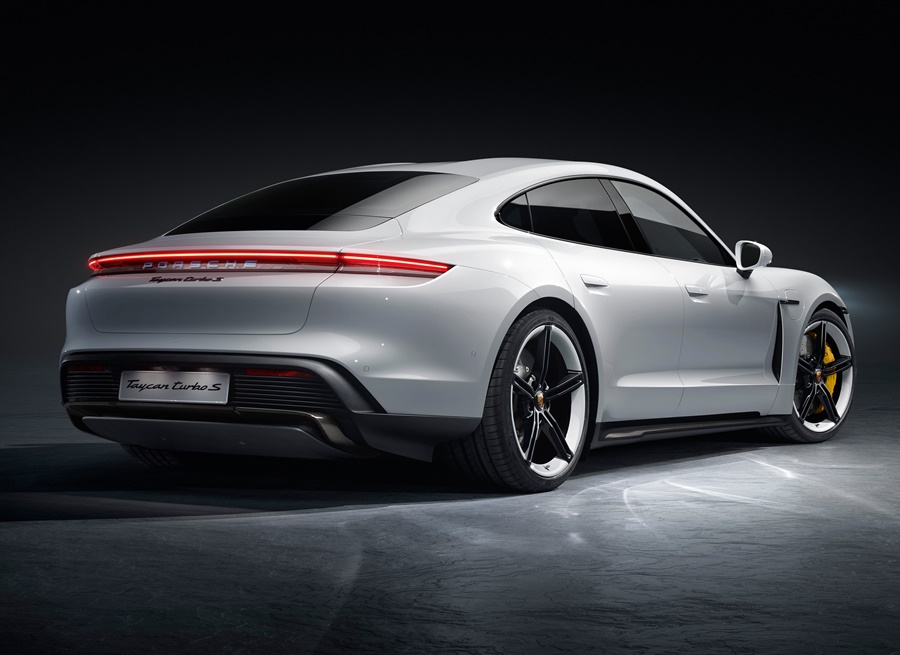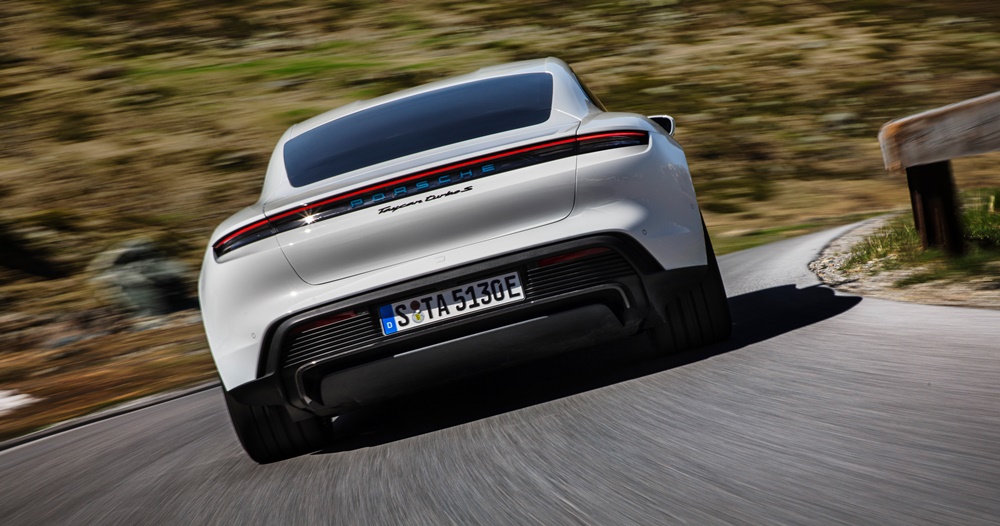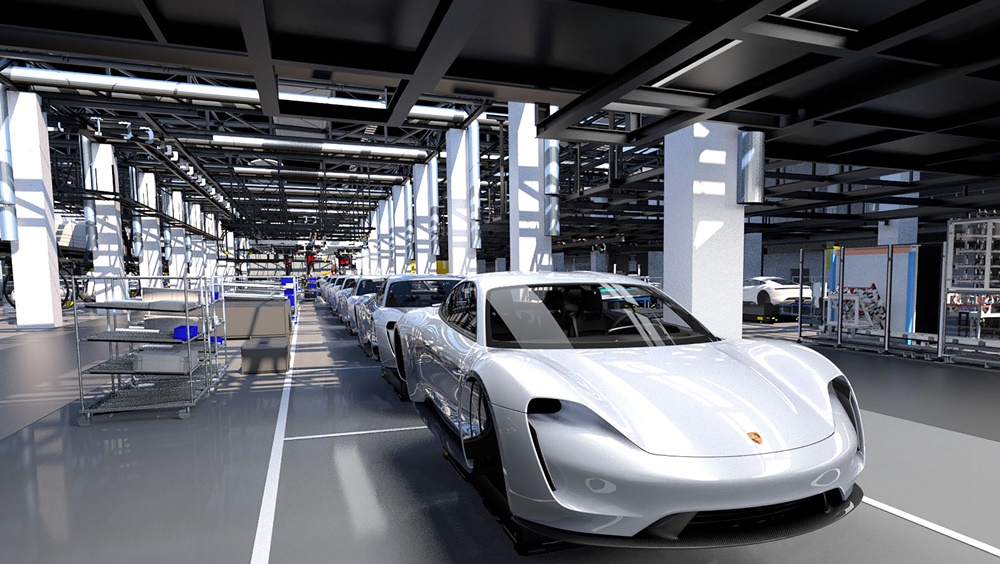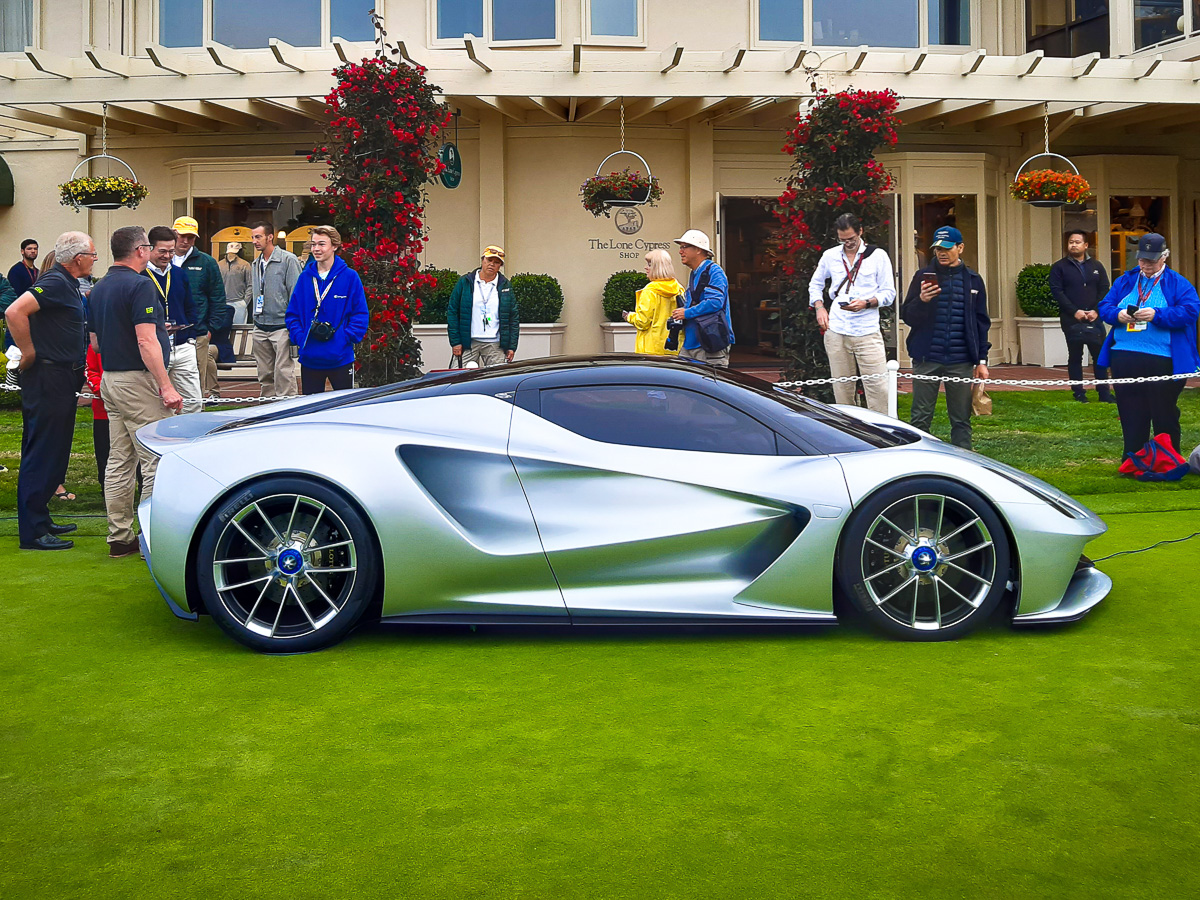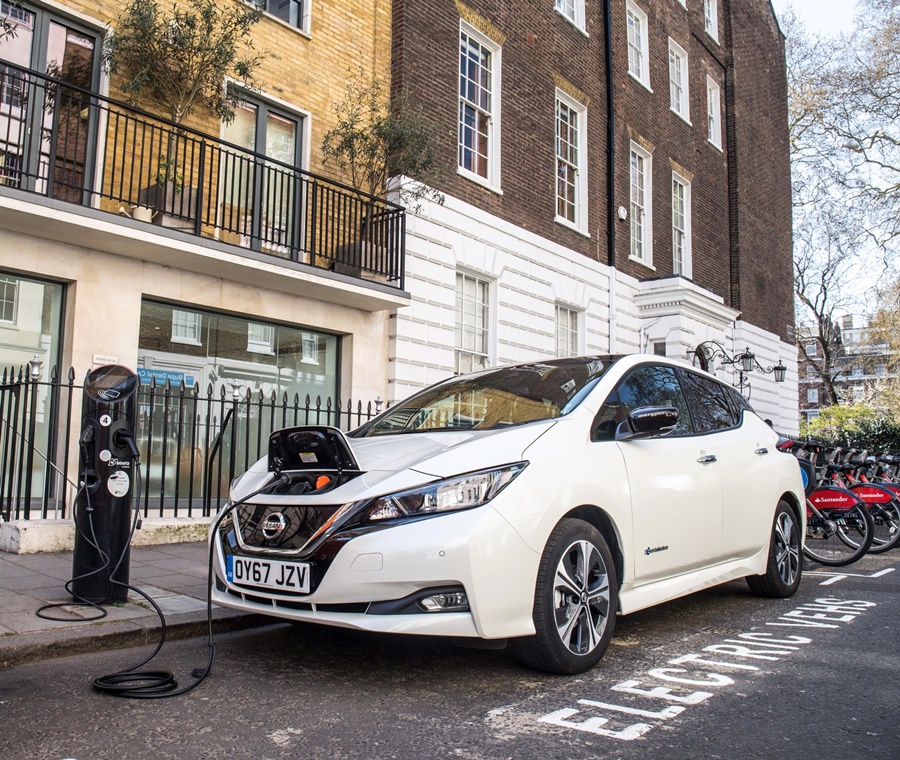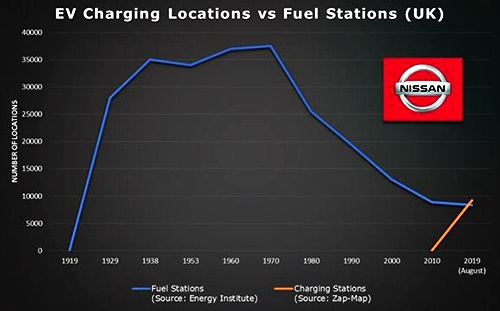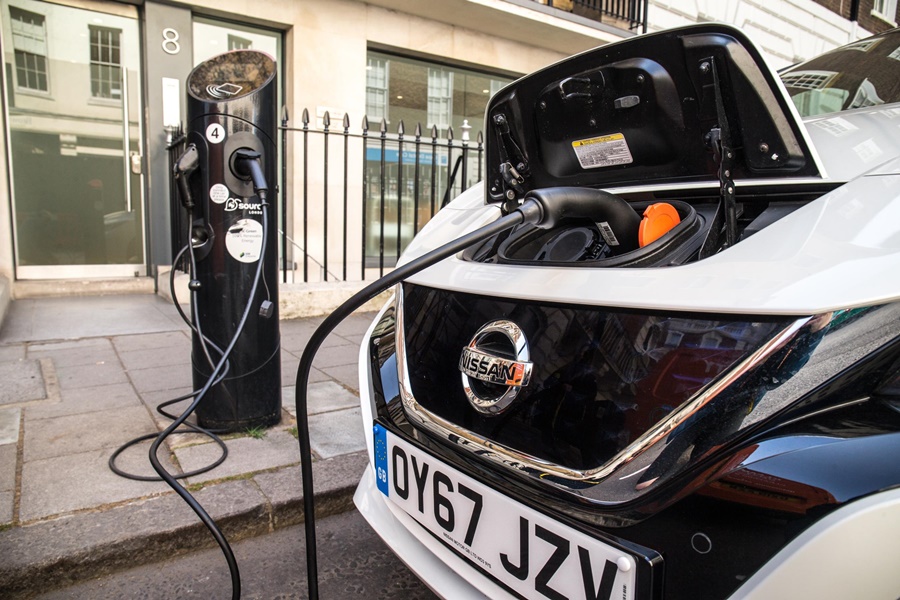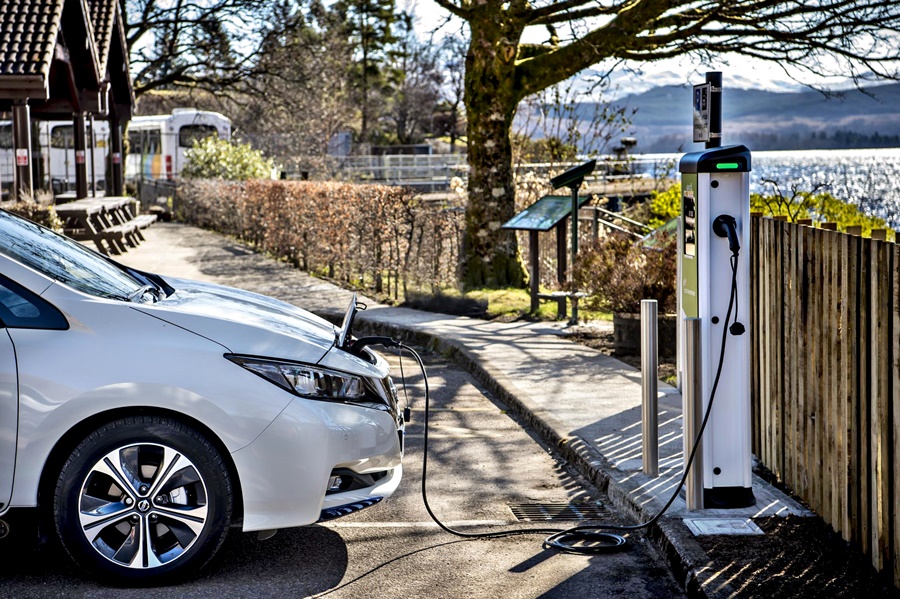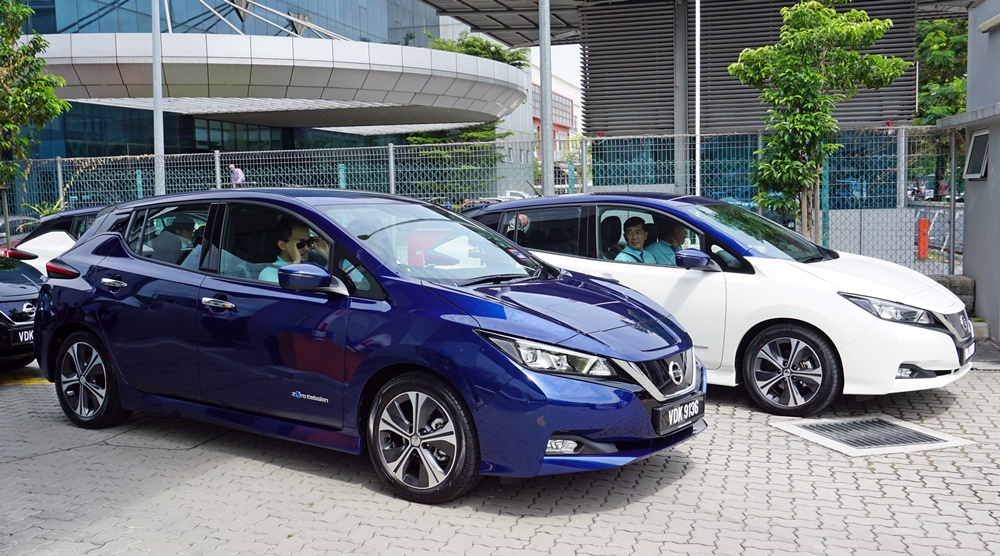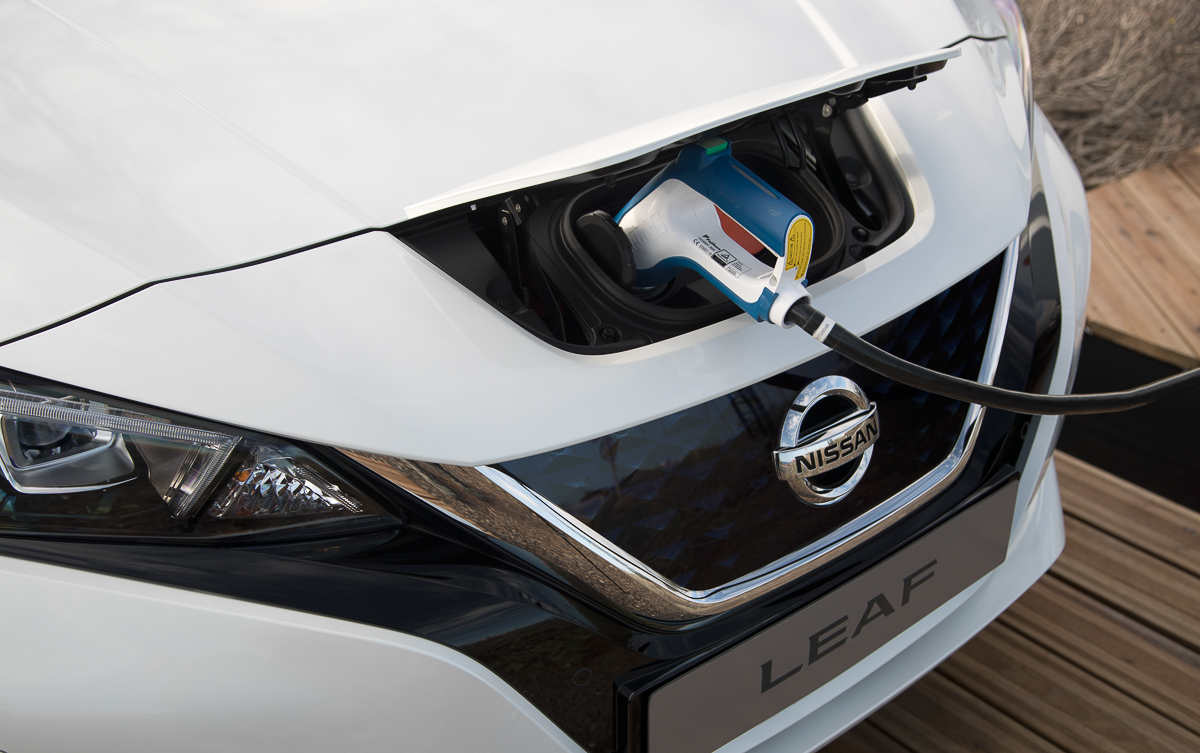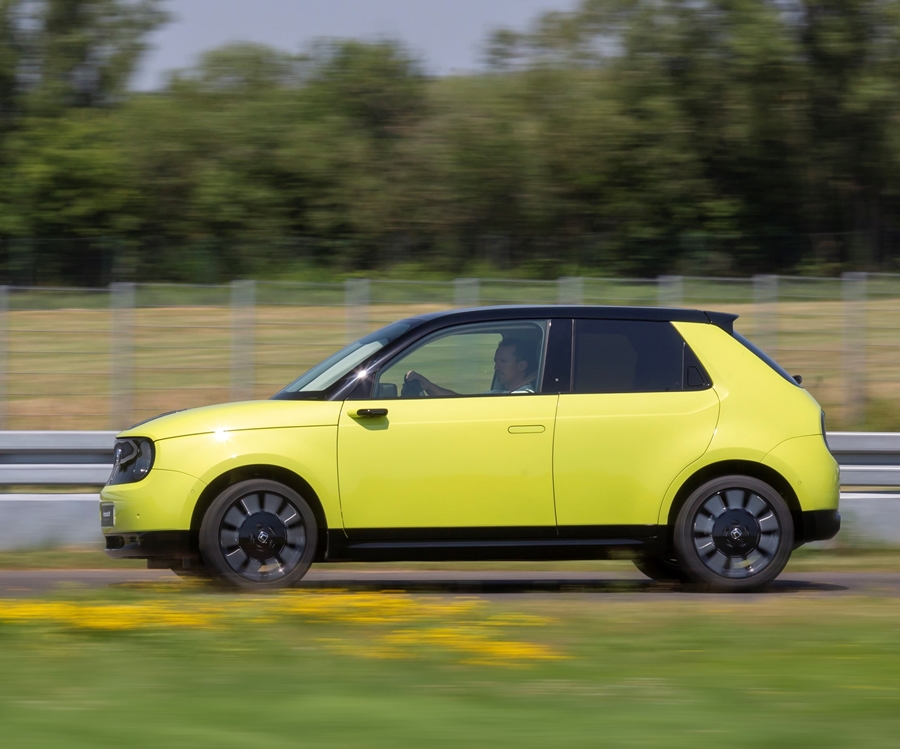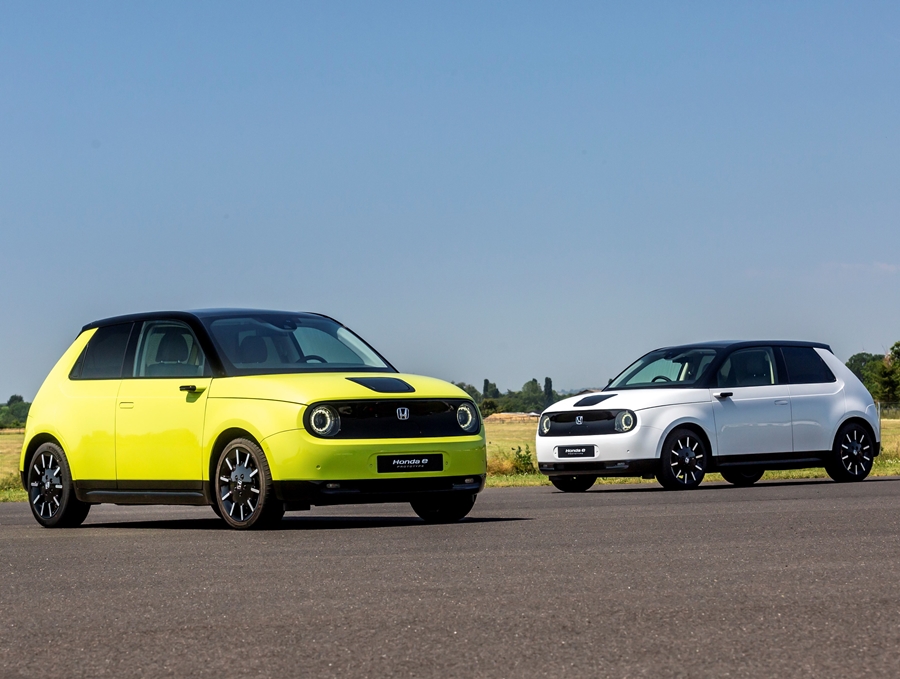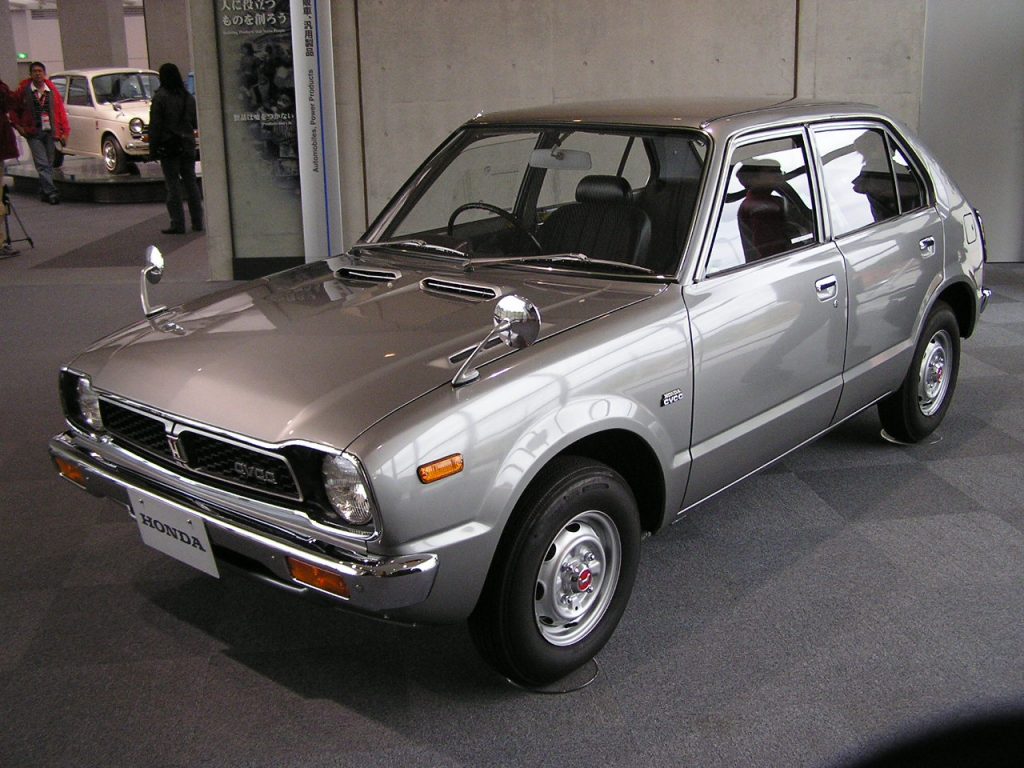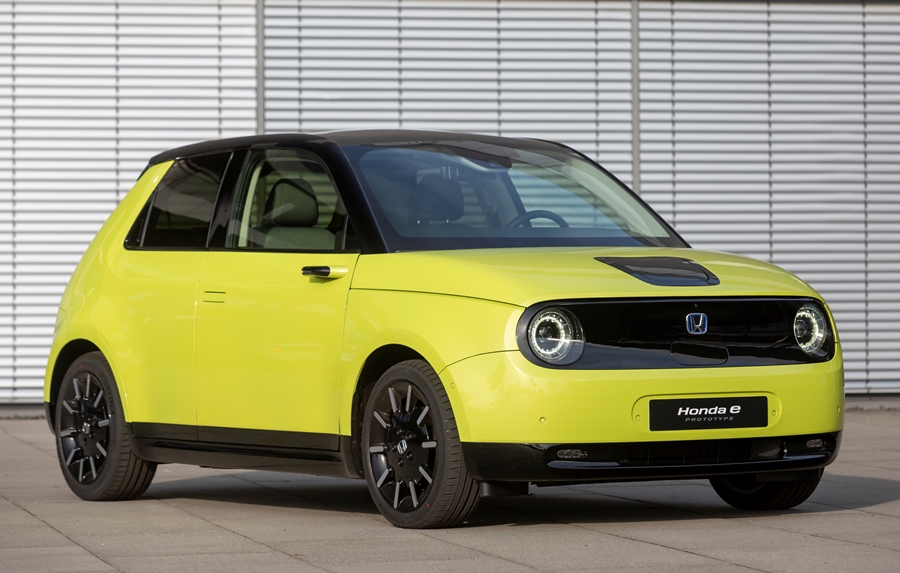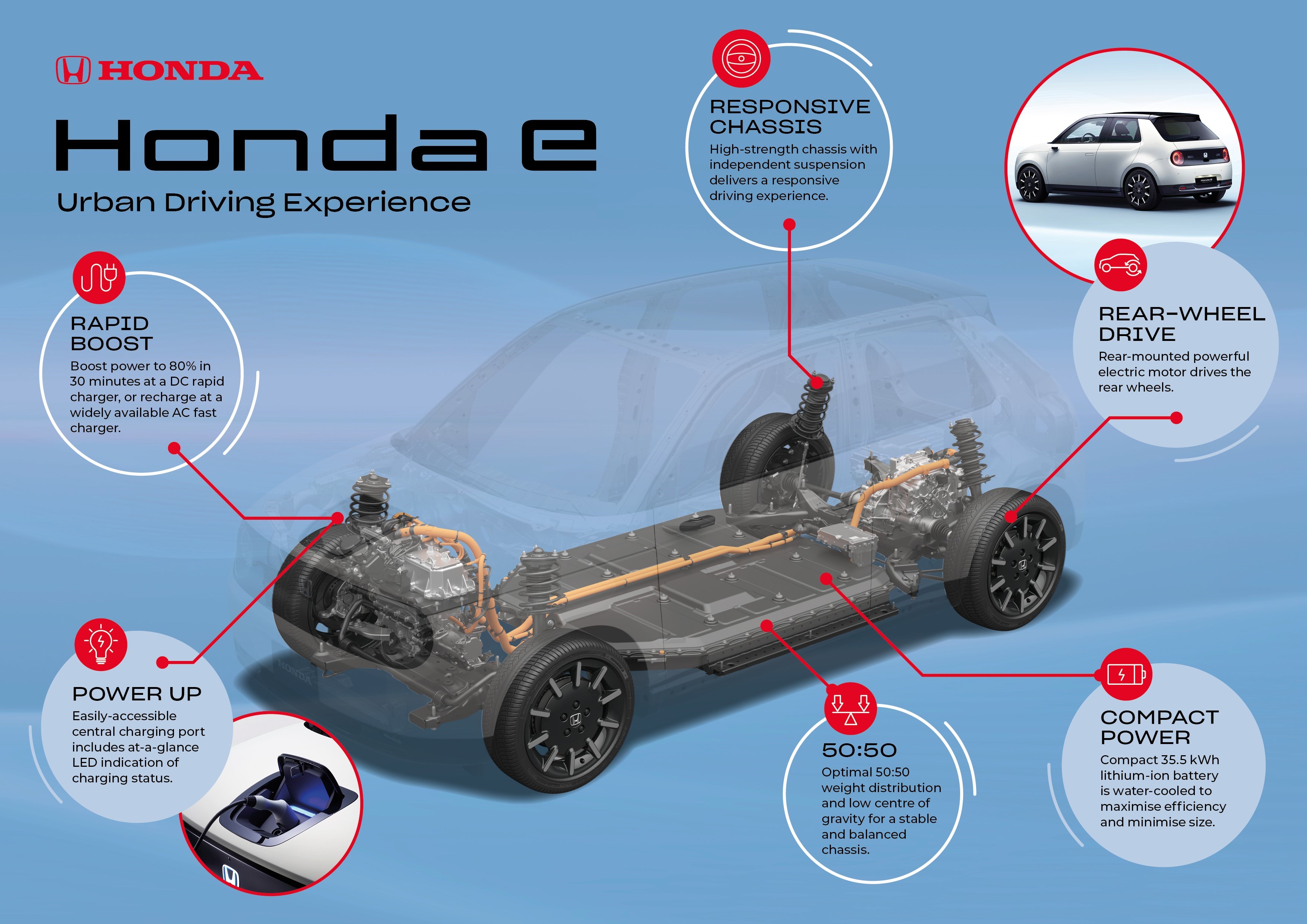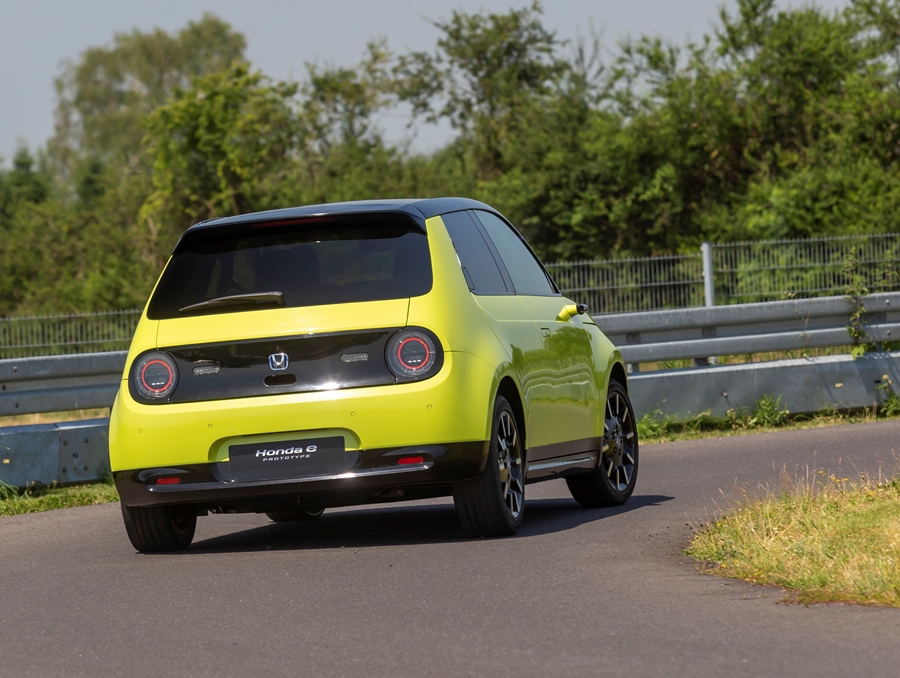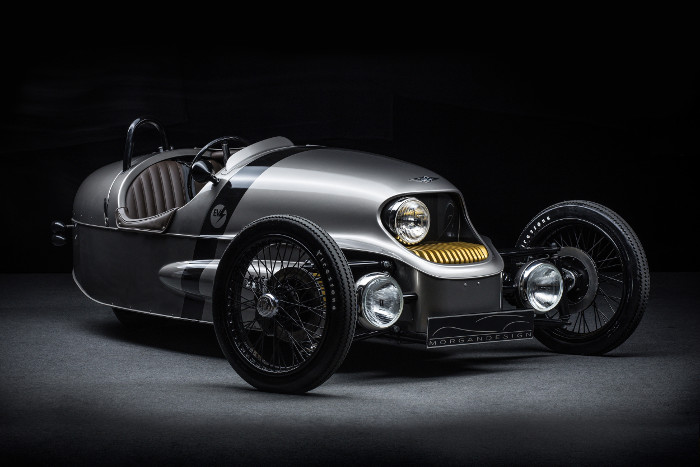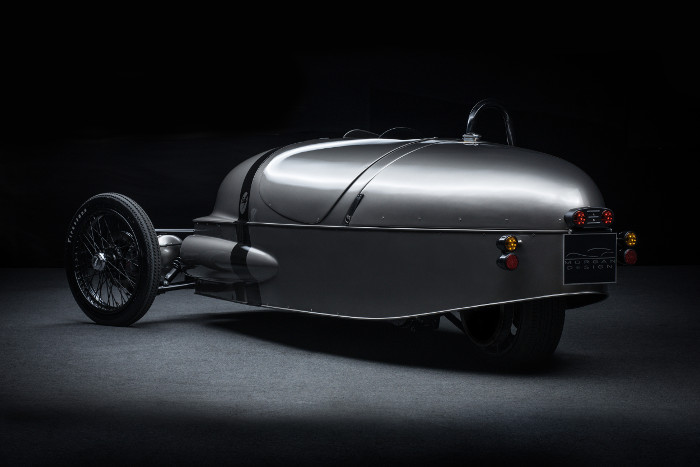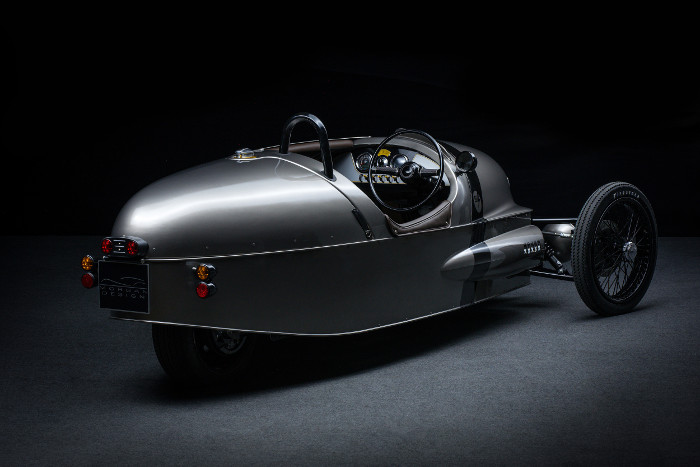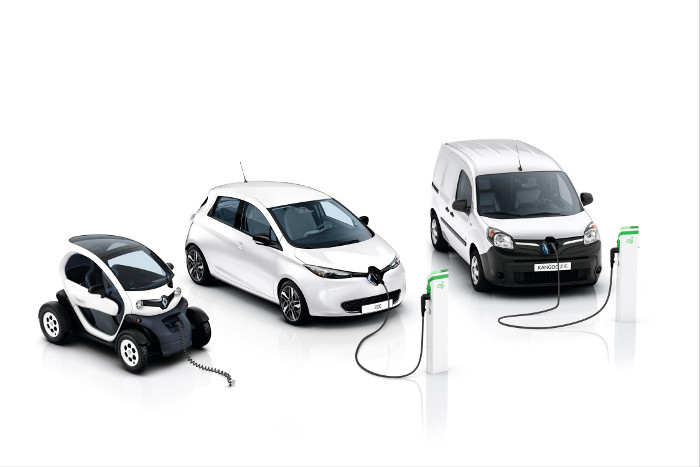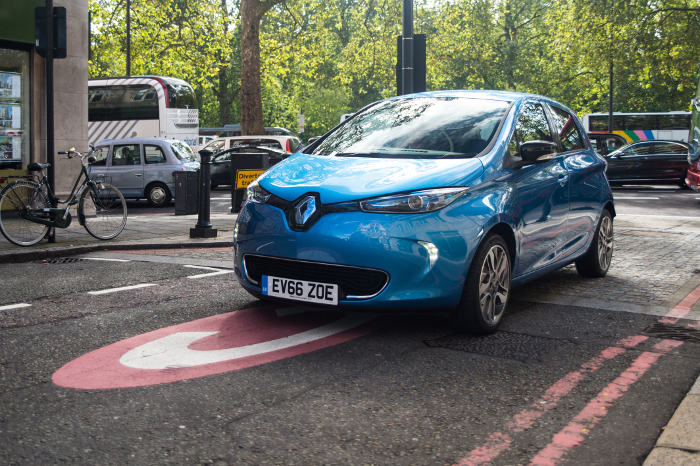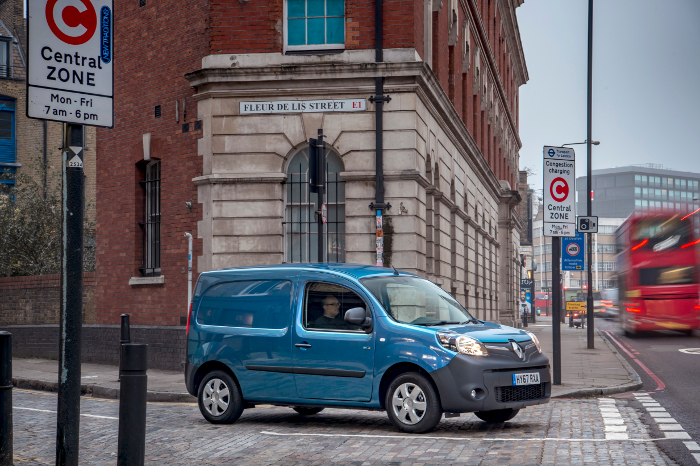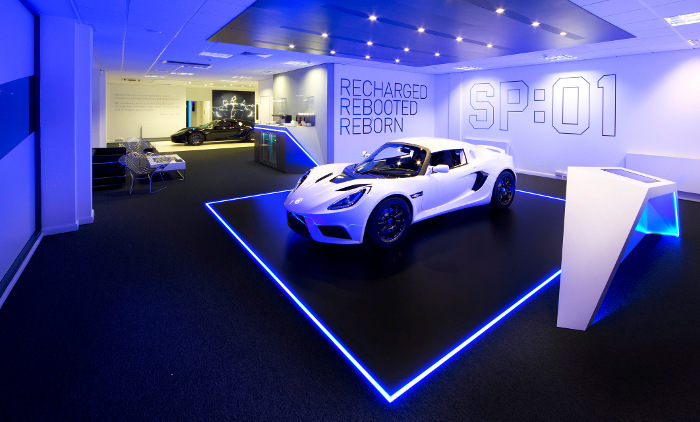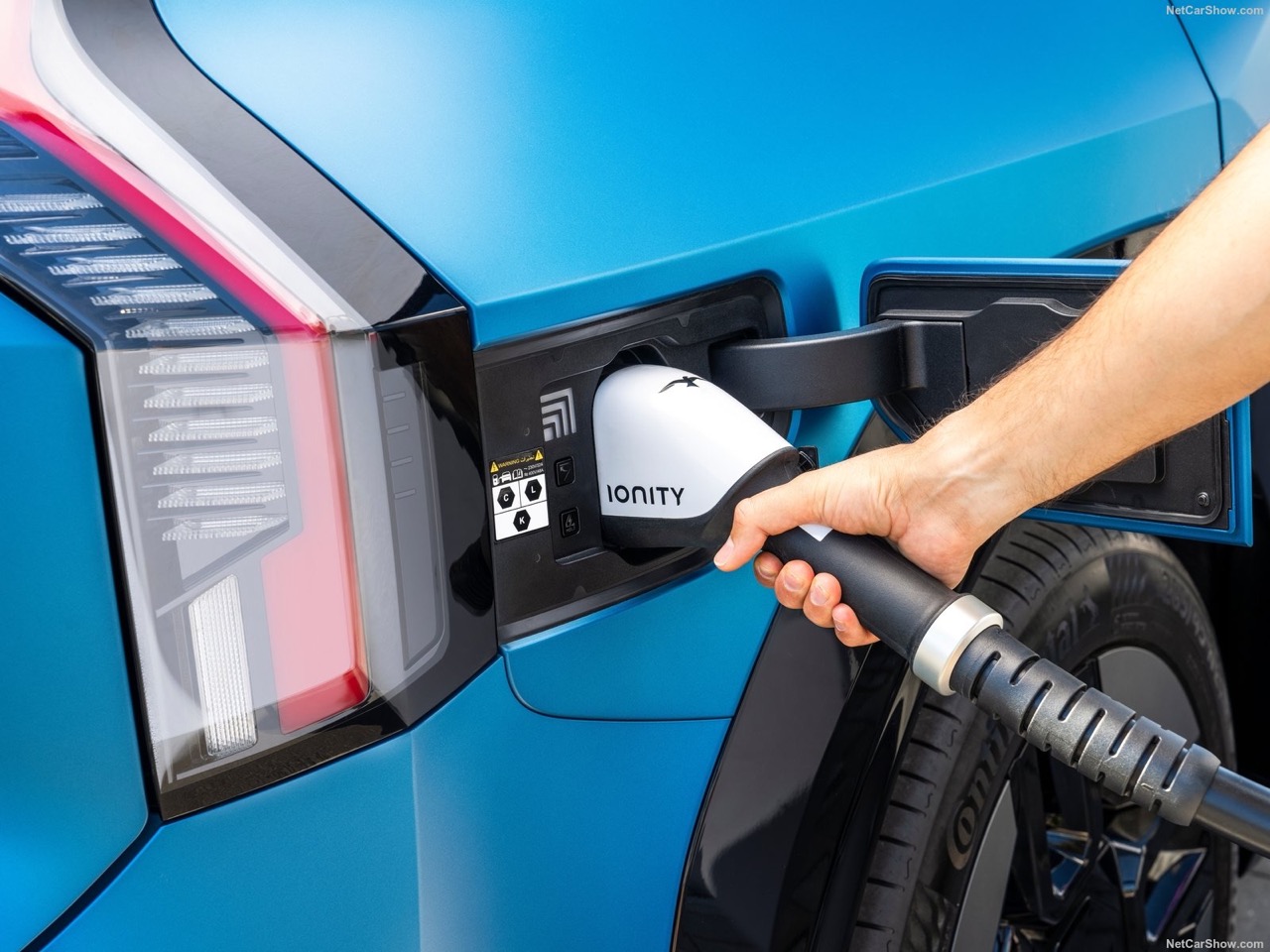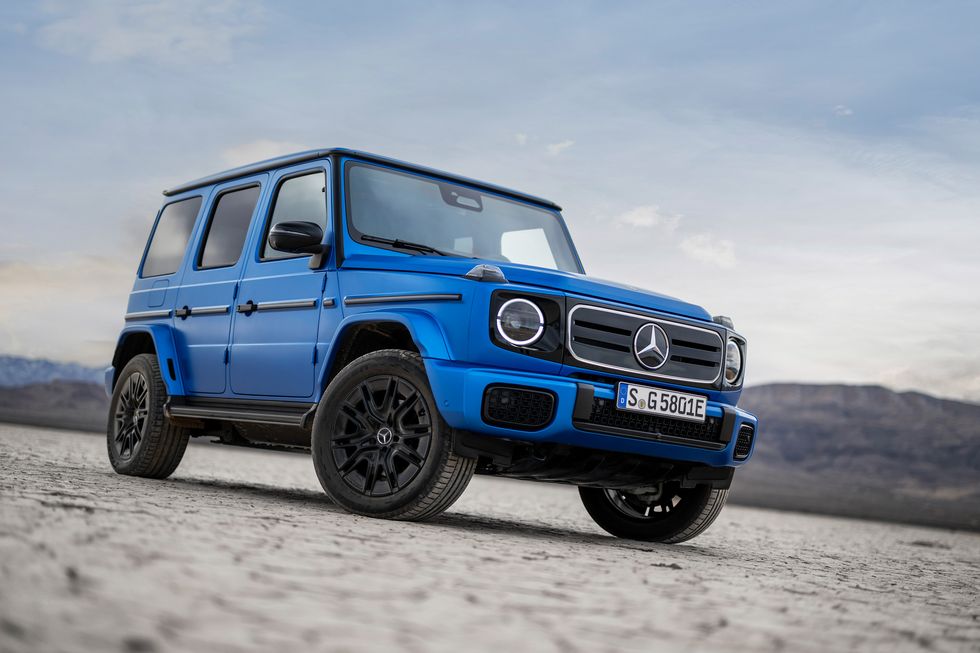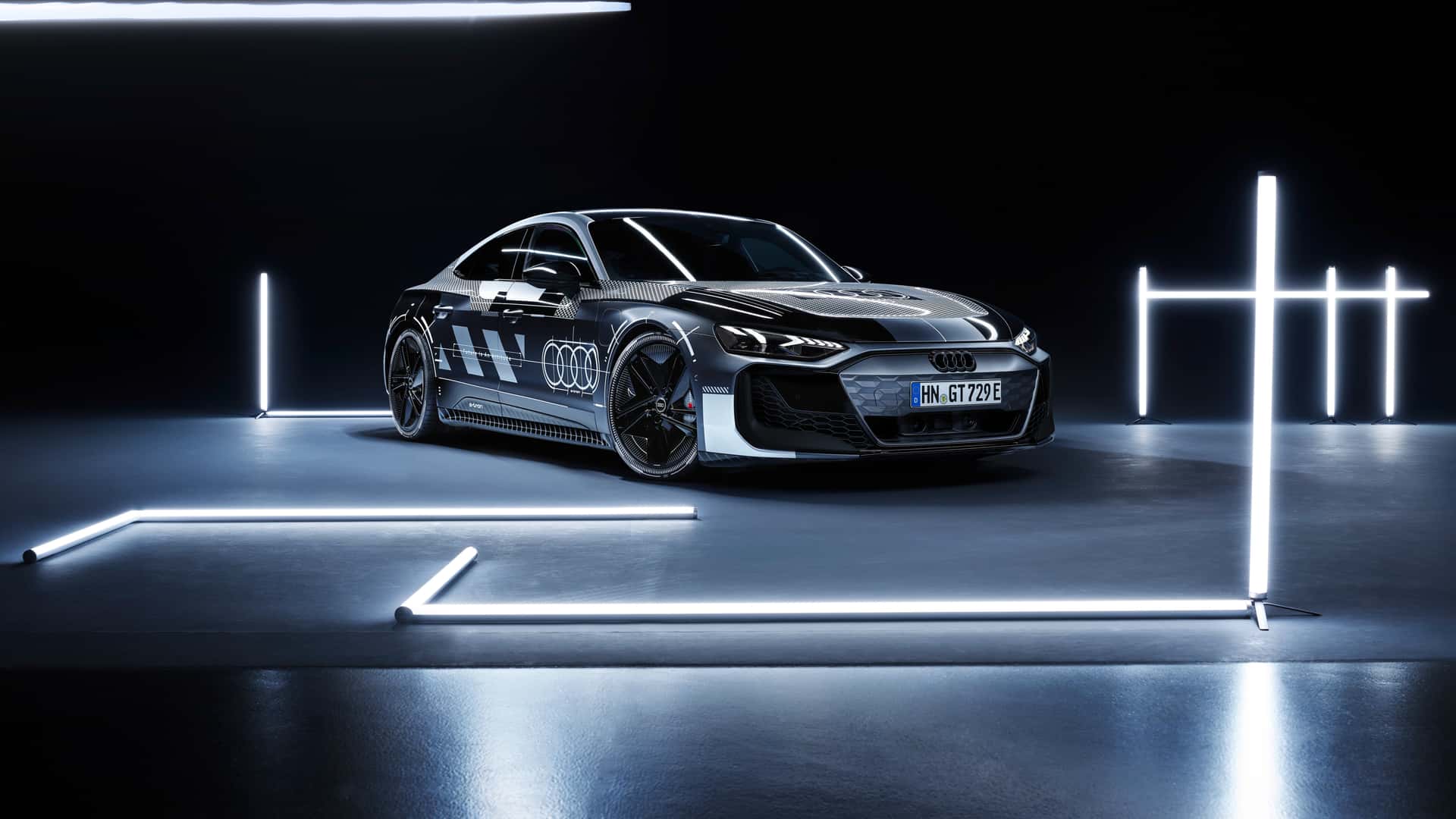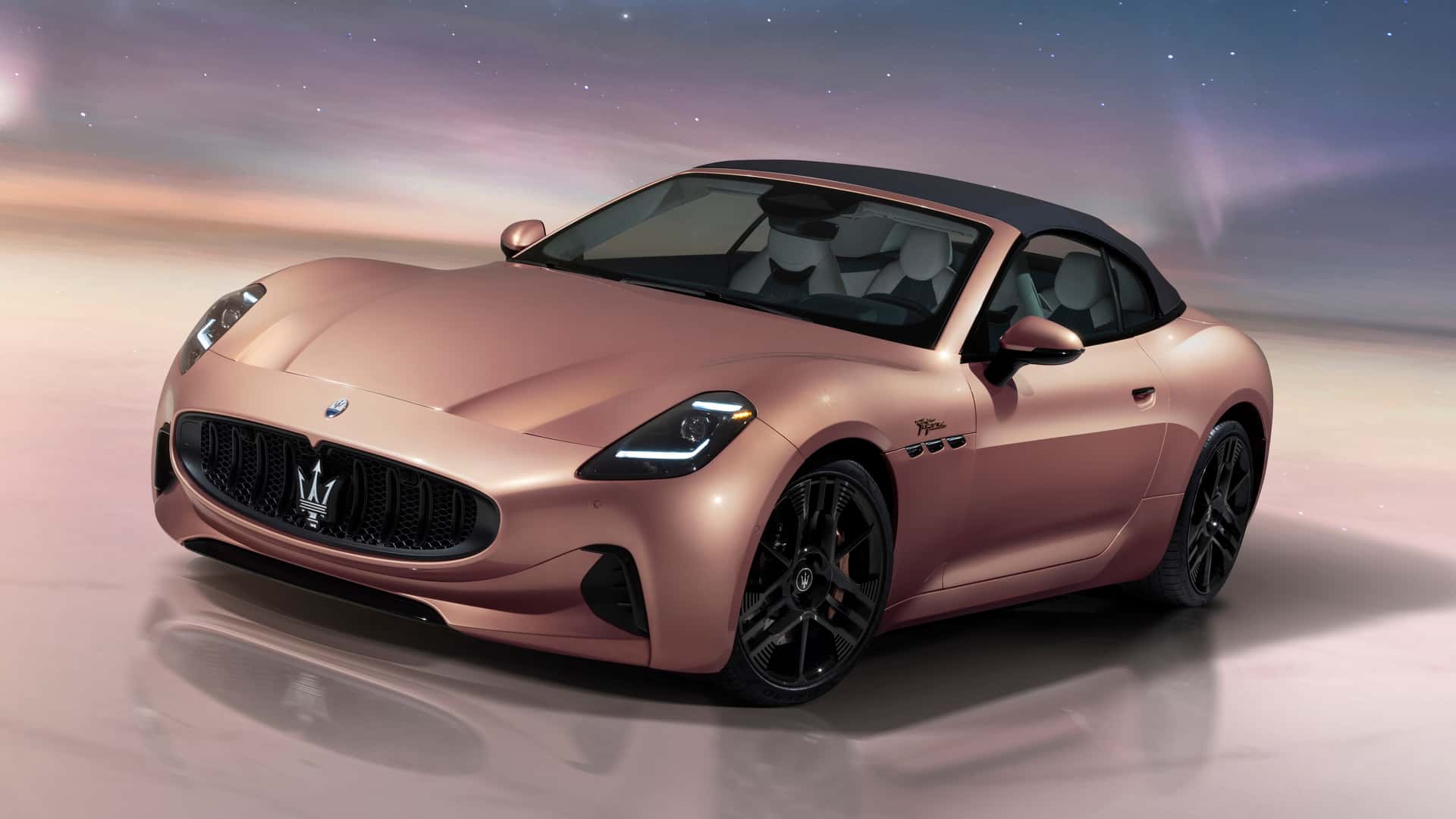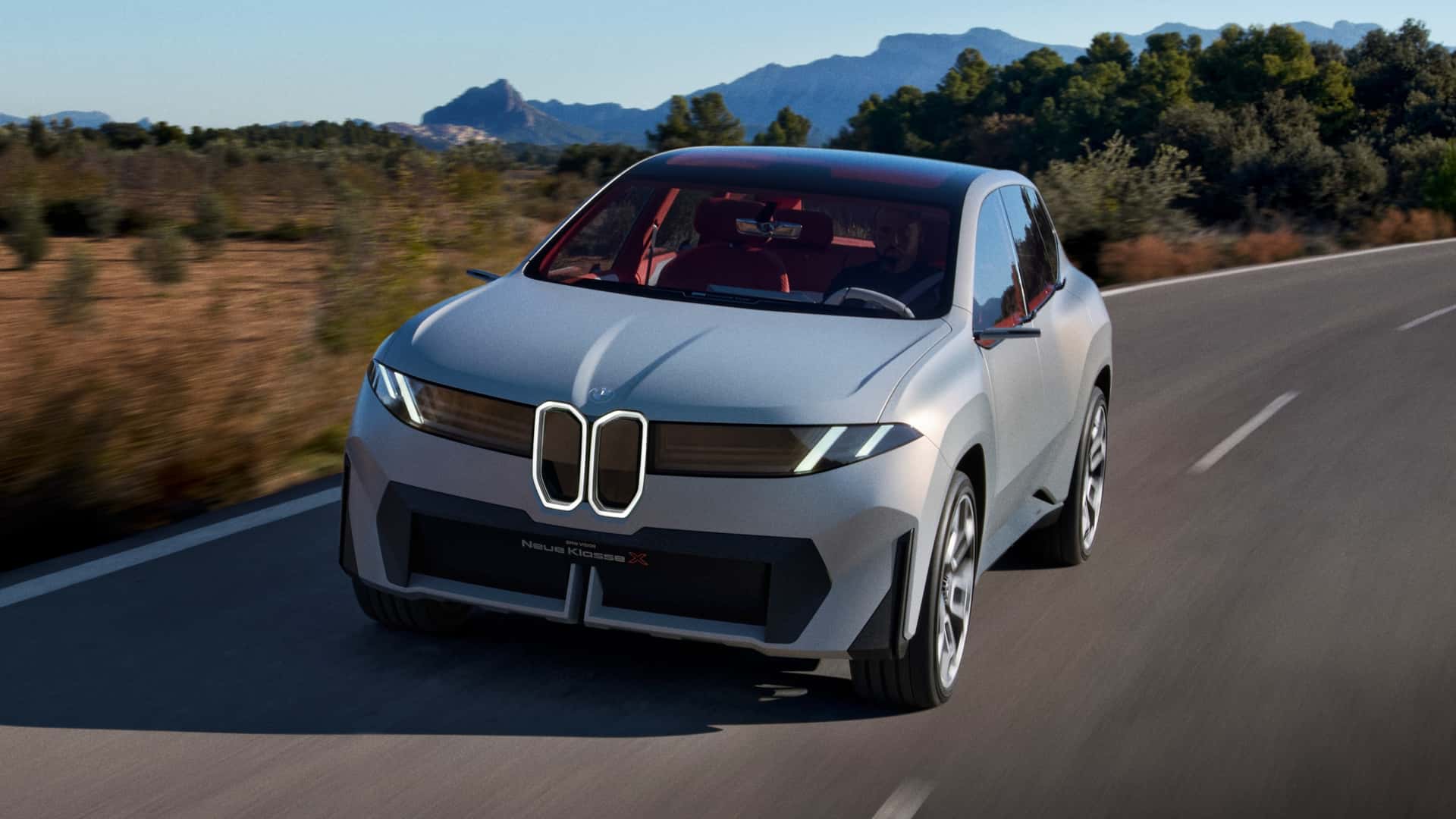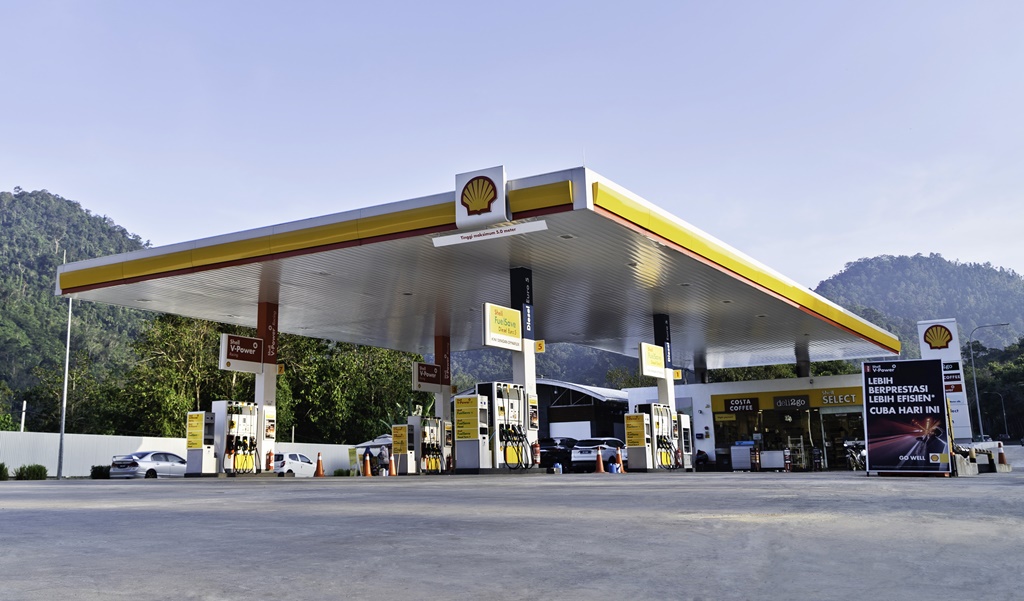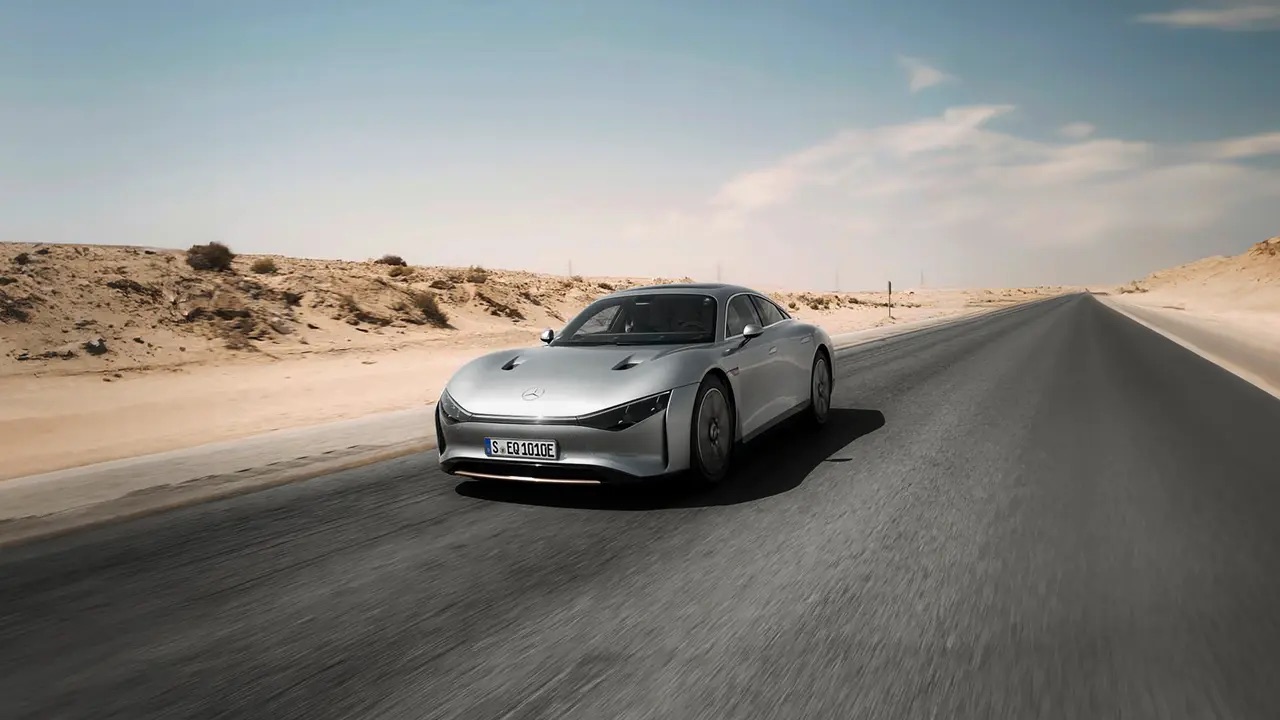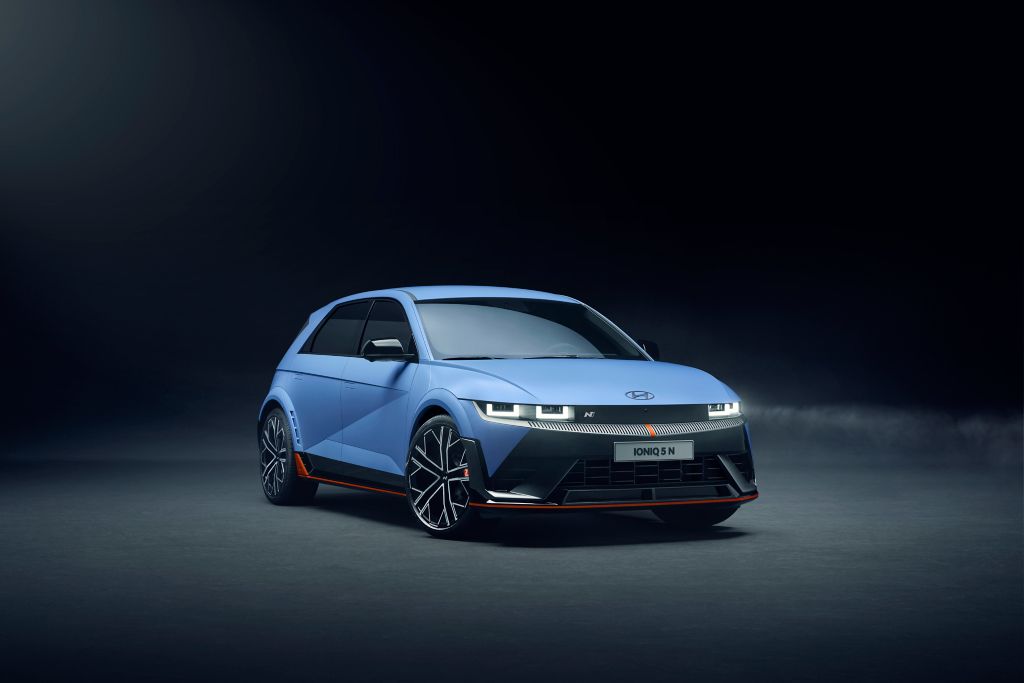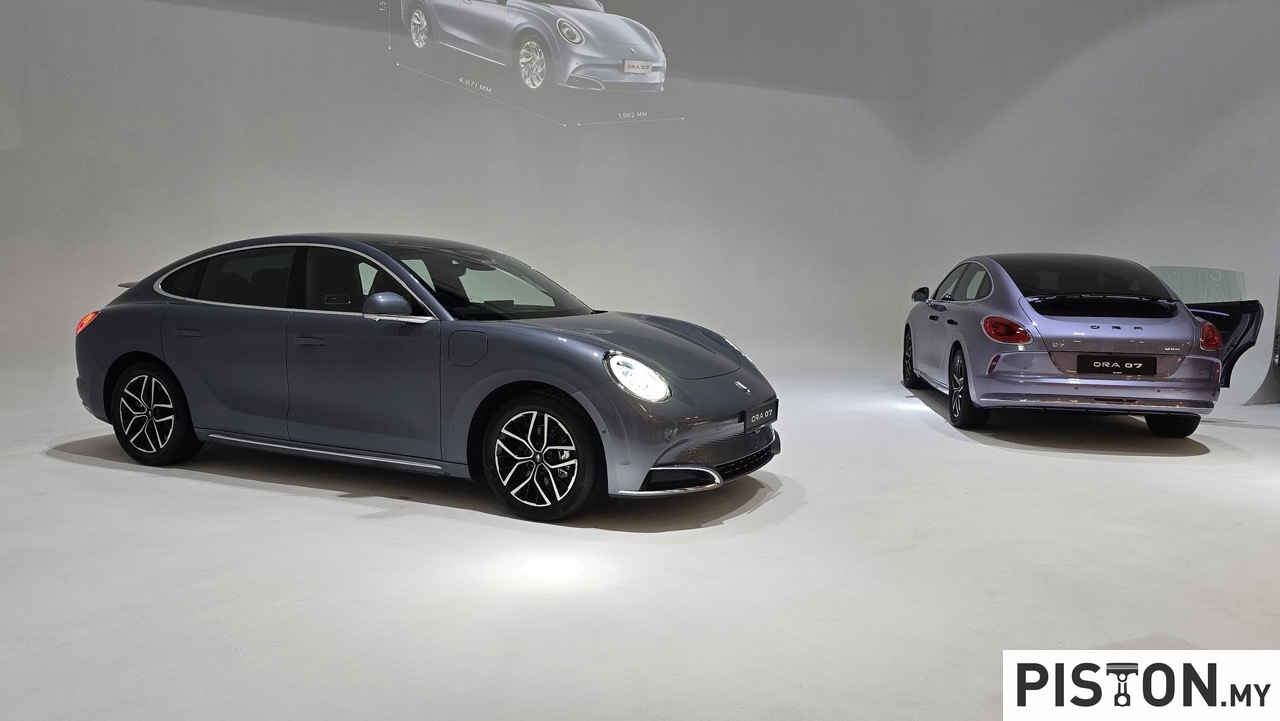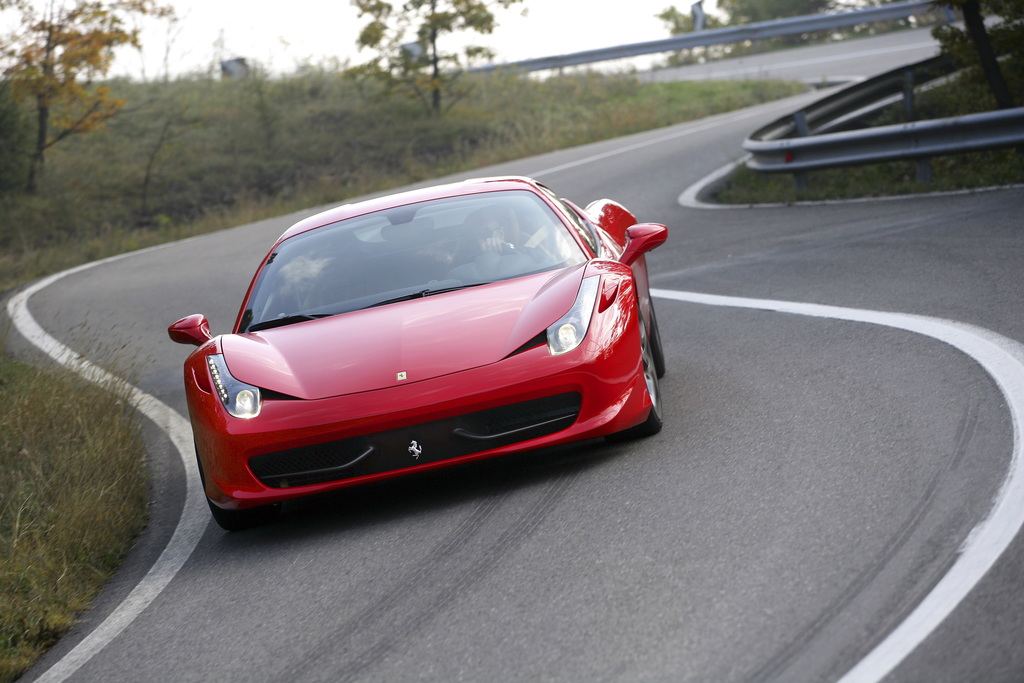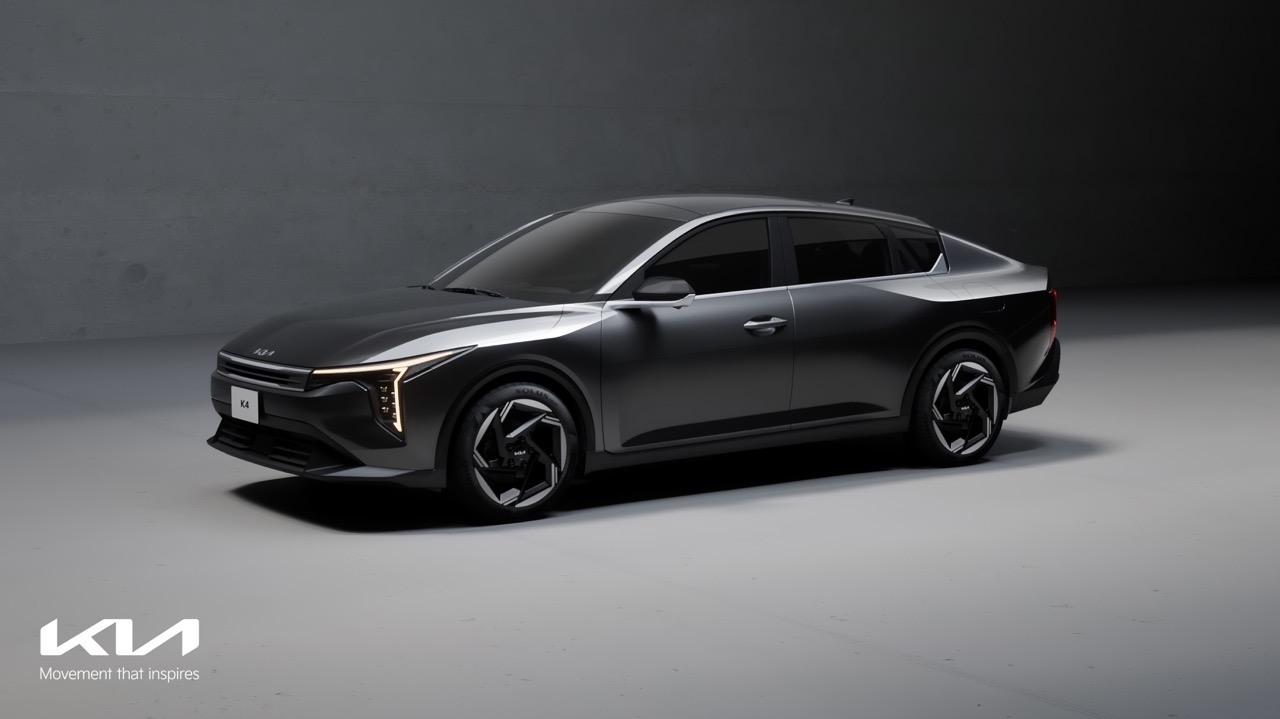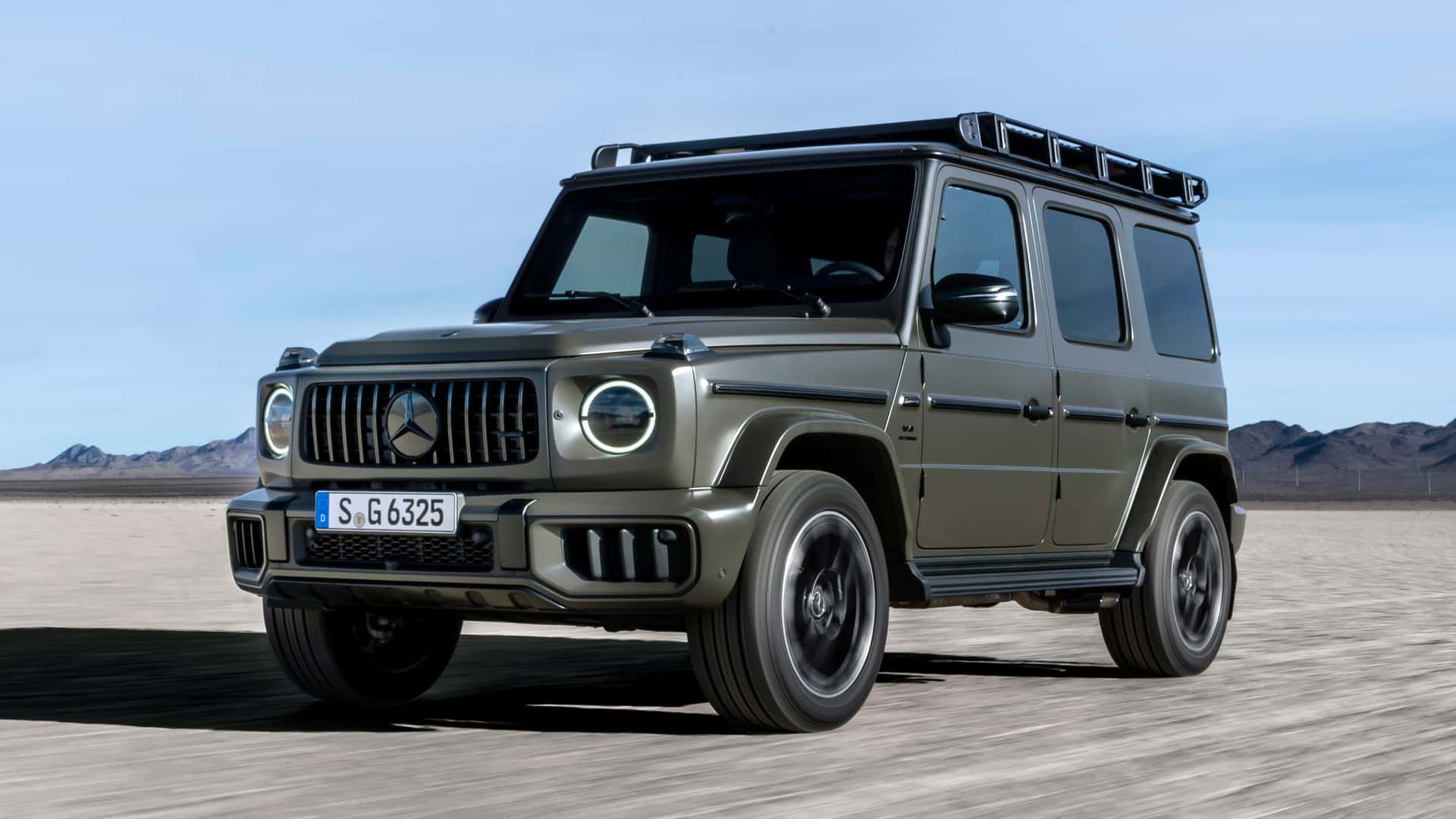Canoo, a Los Angeles-based company, aims to carve its own presence in the coming era in which transportation is becoming increasingly electric, shared and autonomous. It will do this by challenging traditional automotive shape and functionality and capitalizes on EV (electric vehicle) architecture in a way that provides significantly more interior space.
“We believe that the potential of EV architecture can enable a post-SUV era that addresses the ever-growing desire for space and value,” said Ulrich Kranz, In Charge at Canoo. “We promised a truly different approach for EVs, and our canoo proves that we can deliver on that vision. In my 30 years’ experience, I have never seen so many quality achievements in such a short time. We are on track for our launch date in 2021.”
The canoo is the result of a completely re-engineered vehicle design, eliminating wasted space throughout the vehicle and providing exceptional utility to the user. By capitalizing on EV architecture, the canoo eliminates compartmentalization and comes across as an urban loft on wheels.
As spacious as a large SUV
With the interior space of a large SUV and the exterior footprint of a compact car, the canoo offers enough space for 7 people. All seating is designed to feel more like furniture than traditional car seats. For example – the rear seats are more like a sofa to lounge on than a cramped and segmented backseat, and the front takes inspiration from mid-century modern chairs.
A minimalist approach for the user interface provides an experience comparable to a connected home. The occupants bring their own devices, which are naturally personalized, intuitive and secure. Therefore, the non-driving features such as navigation, music or heating can be controlled via phone or tablet to be consistent with the user’s daily connected life.
Proprietary ‘skateboard’ architecture
Canoo has developed a proprietary ‘skateboard’ architecture, directly housing the batteries and electric drivetrain. All of Canoo’s vehicles will share the same underpinning and different cabins or ‘top hats’ can be married on top to create unique vehicles. Leveraging the same fixed and flat skateboard allows for reduced R&D costs, efficient production and a better use of interior space.
The vehicle and skateboard are designed for an overall 5-star safety rating. The skateboard houses the most critical components of the vehicle with a strong emphasis on functional integration; the premise that all components should fulfil as many functions as possible. This helps reduce the total number of parts, skateboard size and weight.
While traditional suspension systems intrude into the passenger compartment, reducing the ability to maximize interior space, Canoo has a composite transverse leafspring suspension that creates a completely flat skateboard, enabling maximum passenger space.
Whereas other companies need a cabin to be secured to a skateboard for it to drive, Canoo’s skateboard is a self-contained unit which means it can drive on its own with any cabin placed on top. The skateboard is also set up in a way that it could support a dual, front or rear motor configuration.
Multi-function battery pack
The canoo has a claimed range of up to 400 kms (EPA rating) and can reach an 80% charge in less than 30 minutes. The battery pack is fastened directly to the skateboard structure and avoids the redundant structure and space taken up by a separate battery enclosure. The pack provides torsional rigidity to the skateboard and to the overall vehicle.
The parts inside the battery module also serve multiple purposes in order to reduce the number of parts and to eliminate redundancies. For example, cold plates serve to cool the batteries, hold the batteries and increase the stiffness of the skateboard. The skateboard architecture also allows for future models to leverage the same battery pack.
Subscription concept offered
Canoo believes that there is a better solution than traditional car ownership. Currently, consumers are forced to go to a dealership and deal with insurance, maintenance and repairs. And the vehicle’s value drops immediately as the owner drives off a dealer’s lot.
Instead, Canoo will free its customers from the burden of ownership by offering a hassle-free and commitment-free EV subscription for one monthly, affordable price and with no set end date. The subscription may include services such as registration, maintenance, insurance management and charging—all from a single app.


